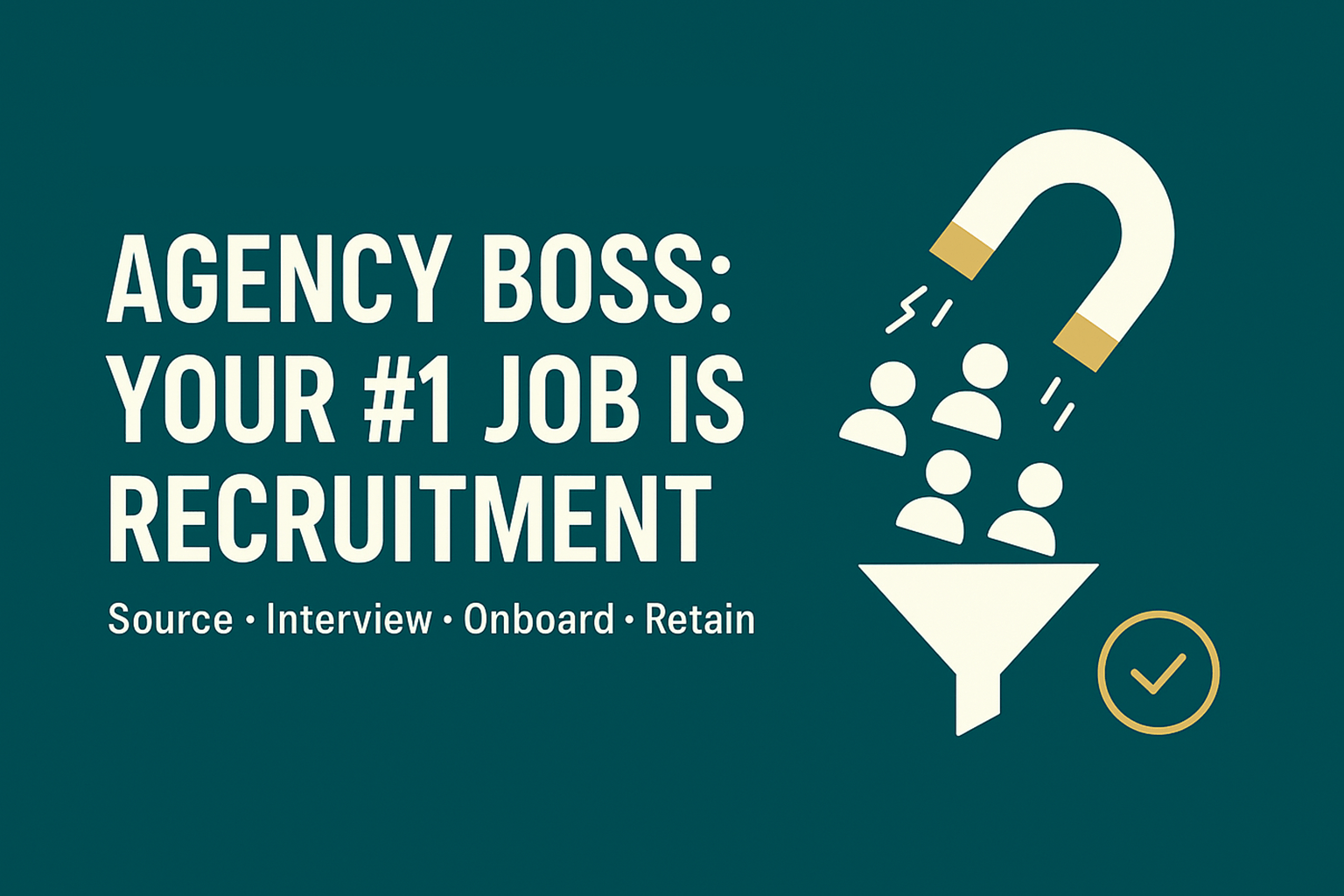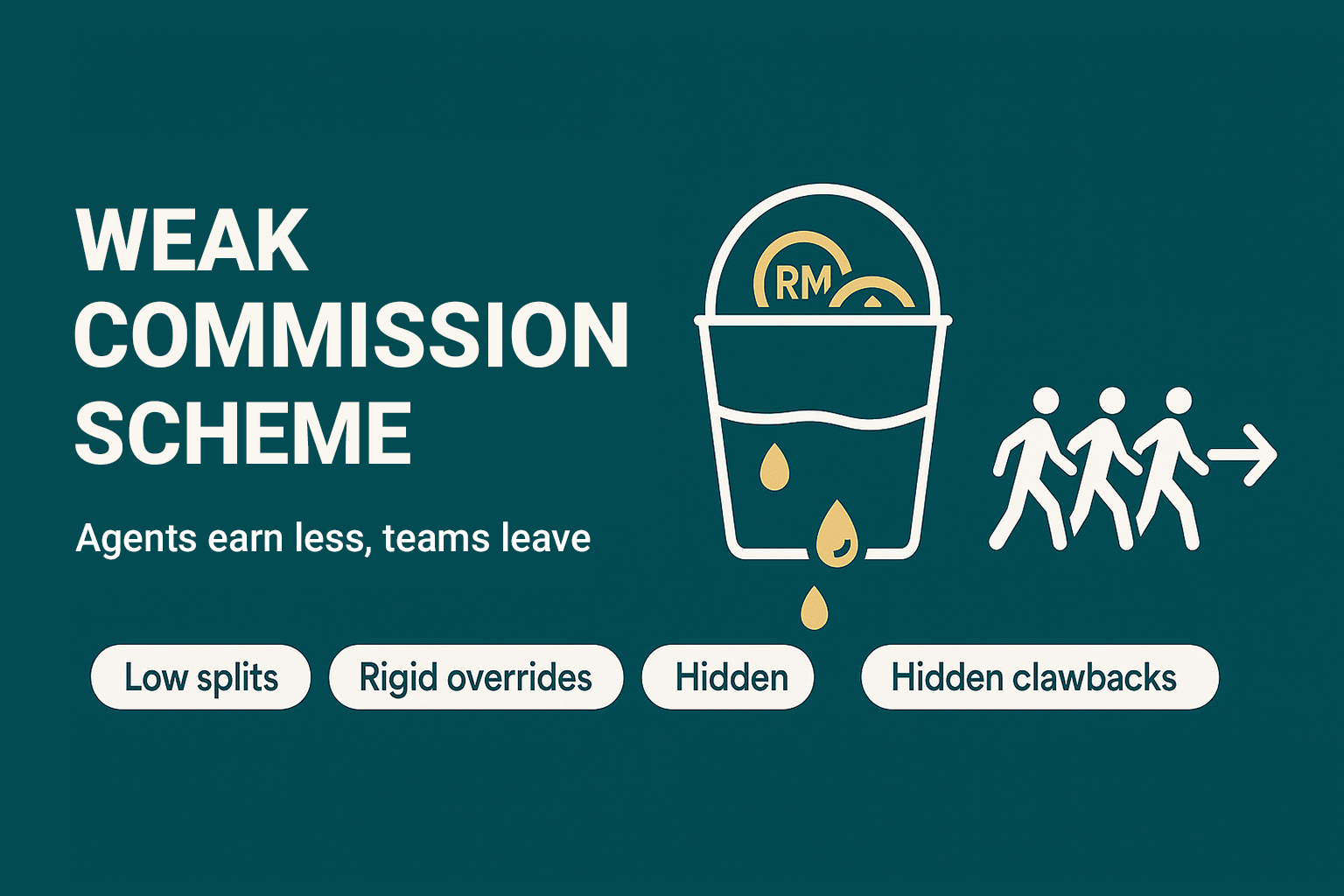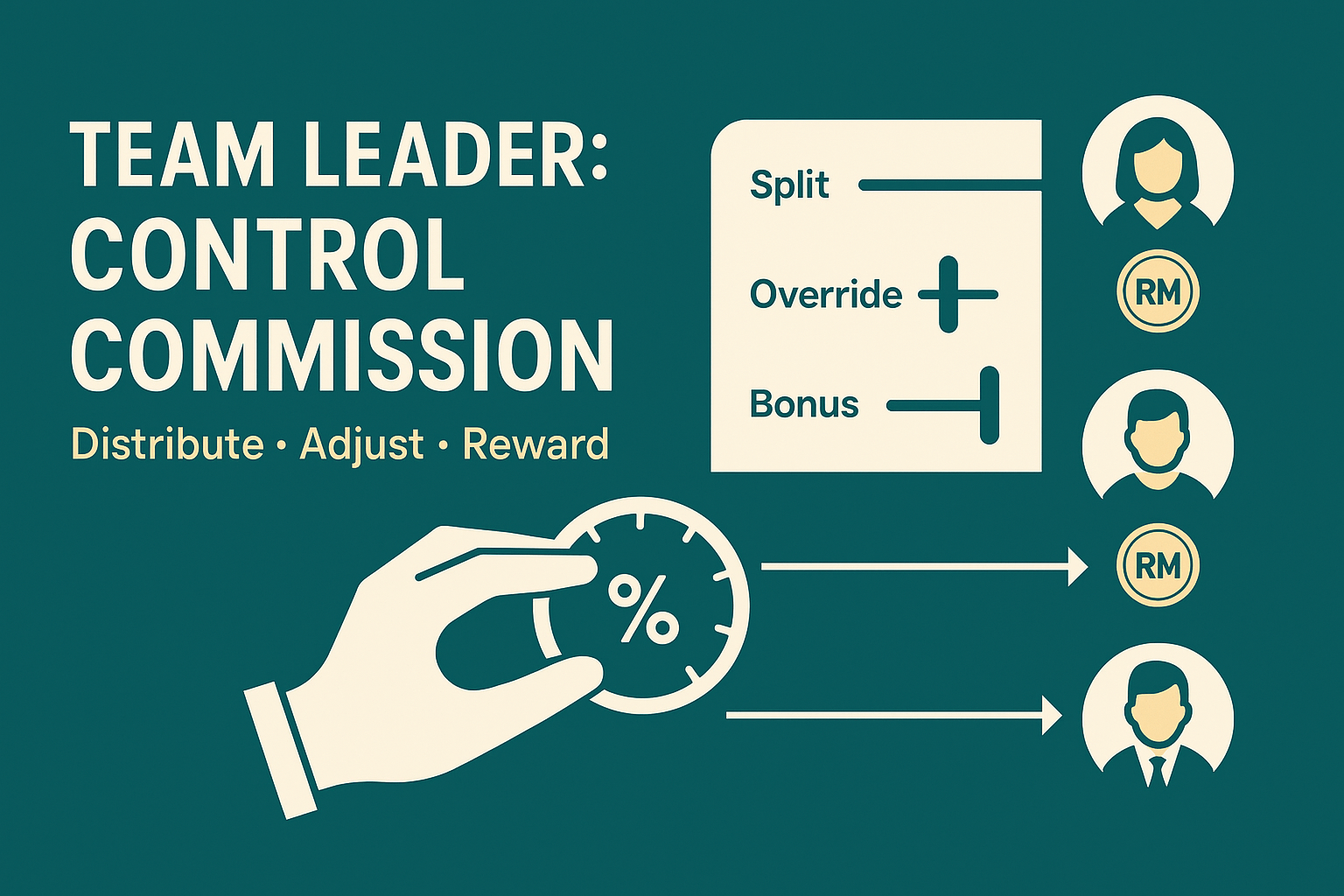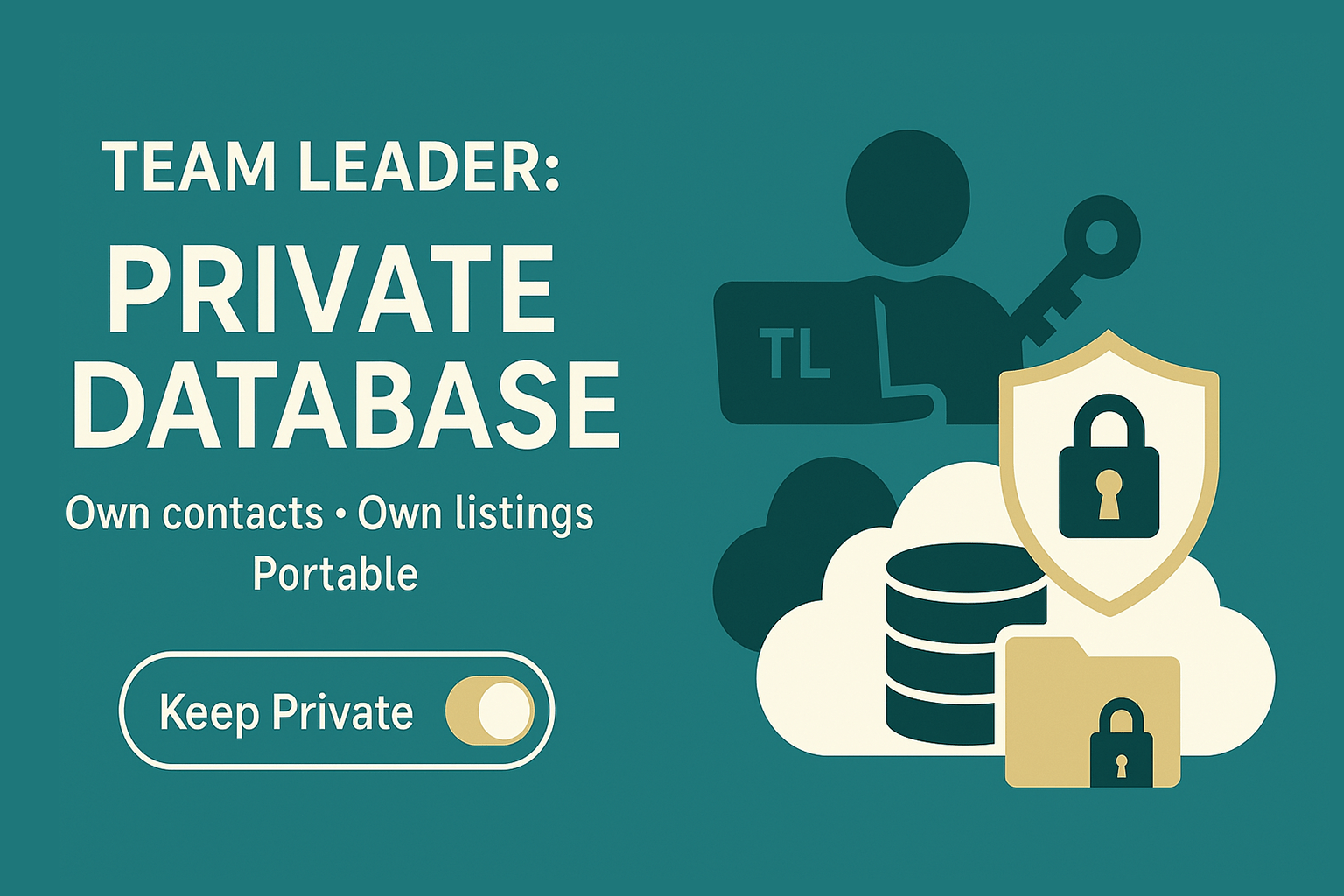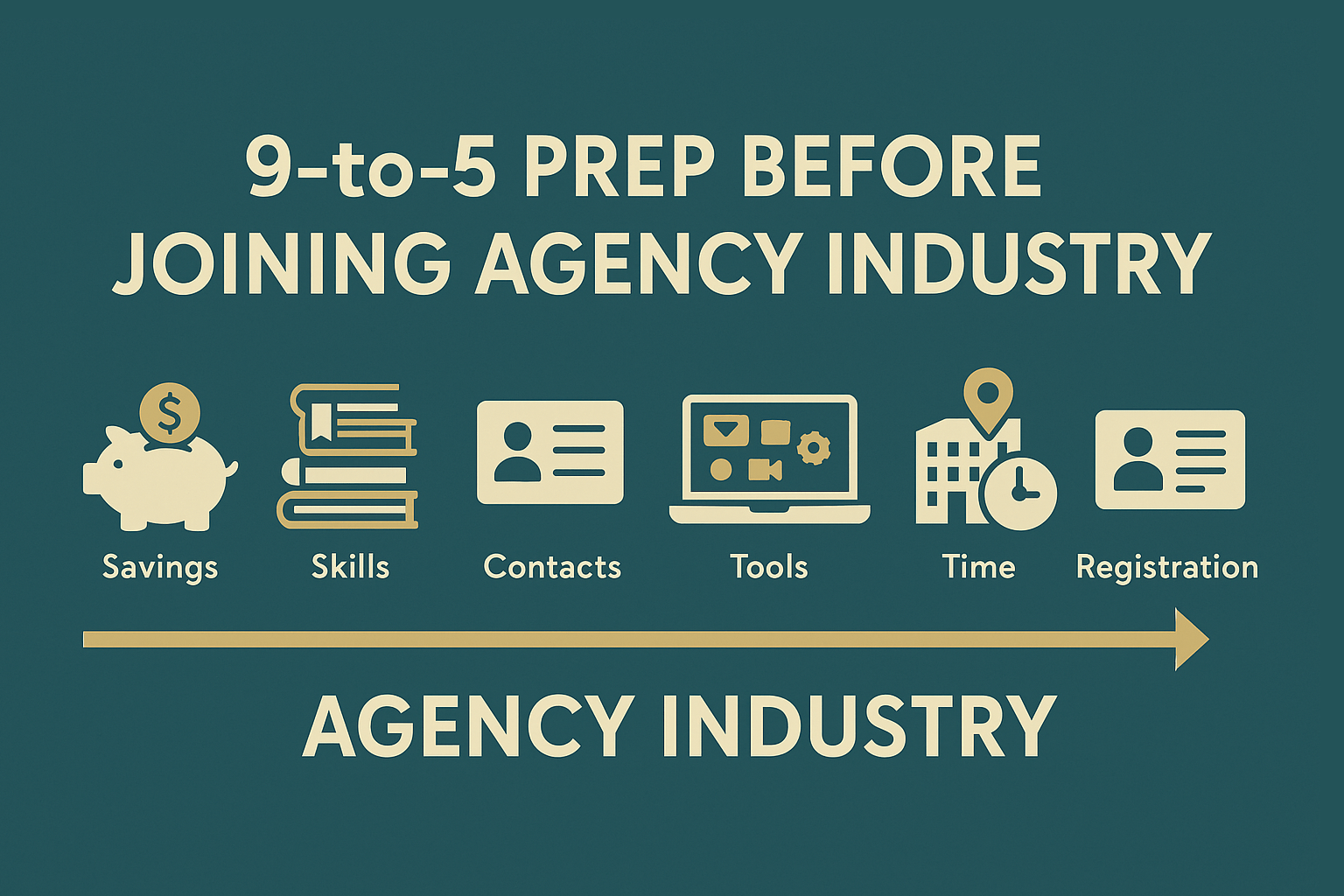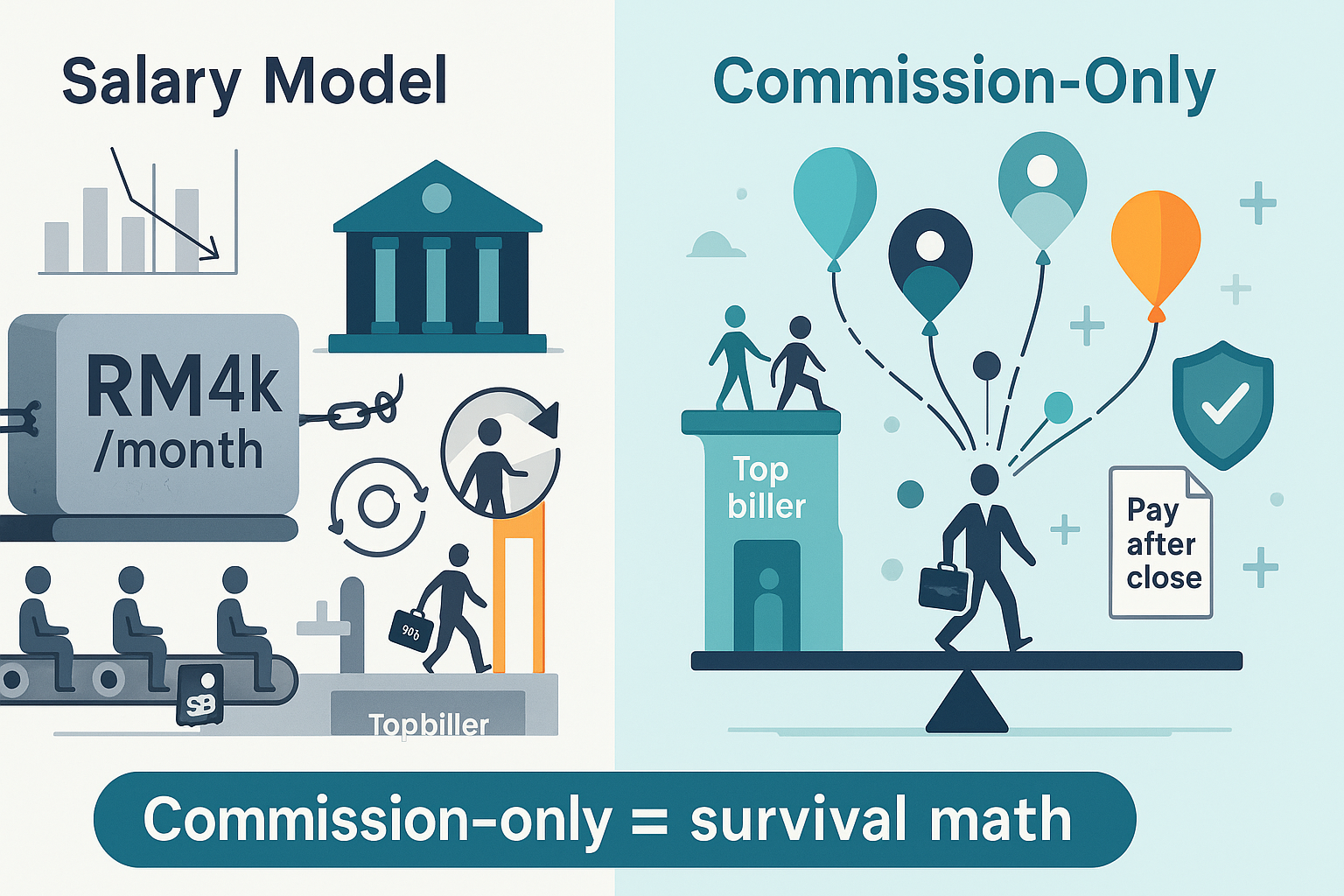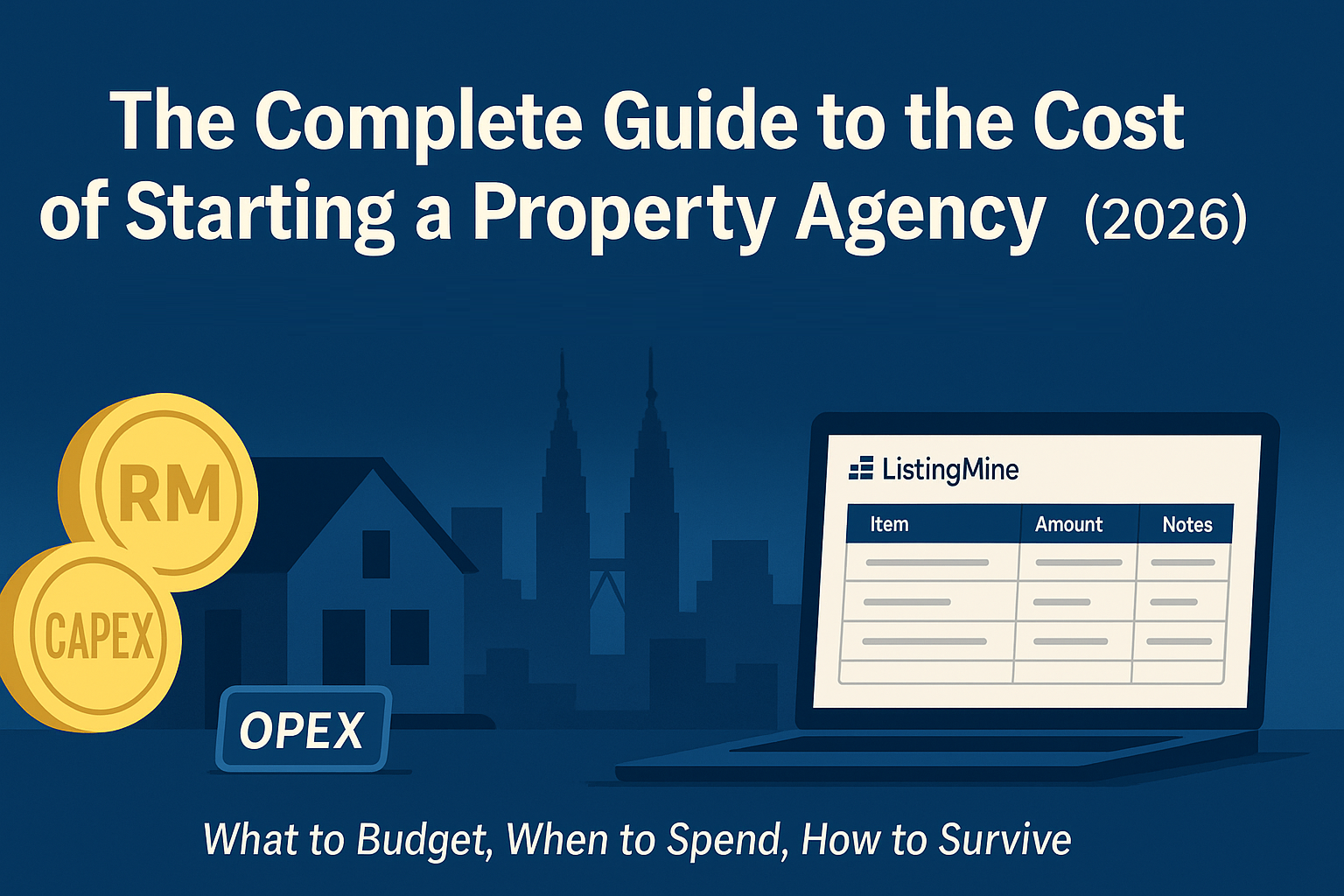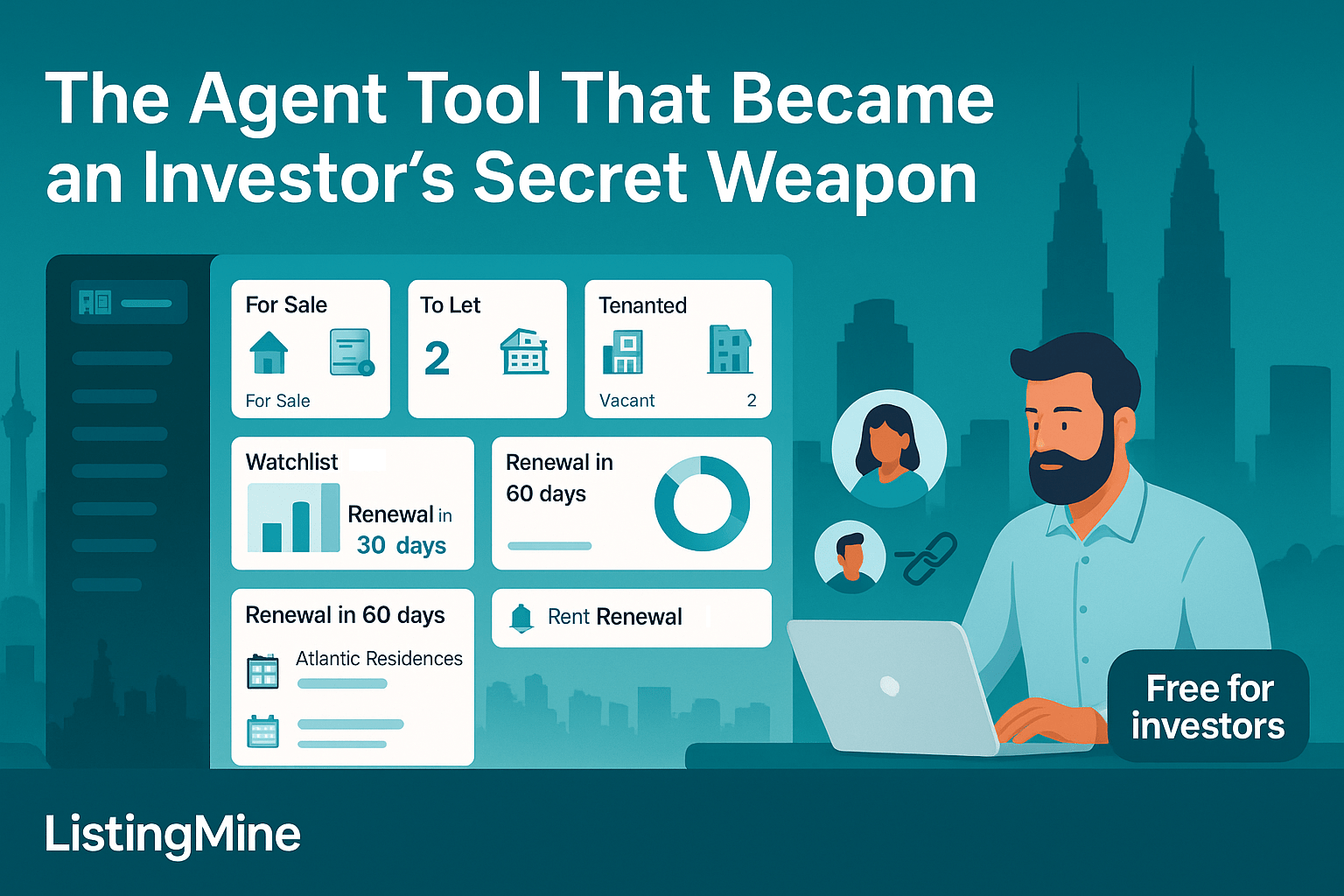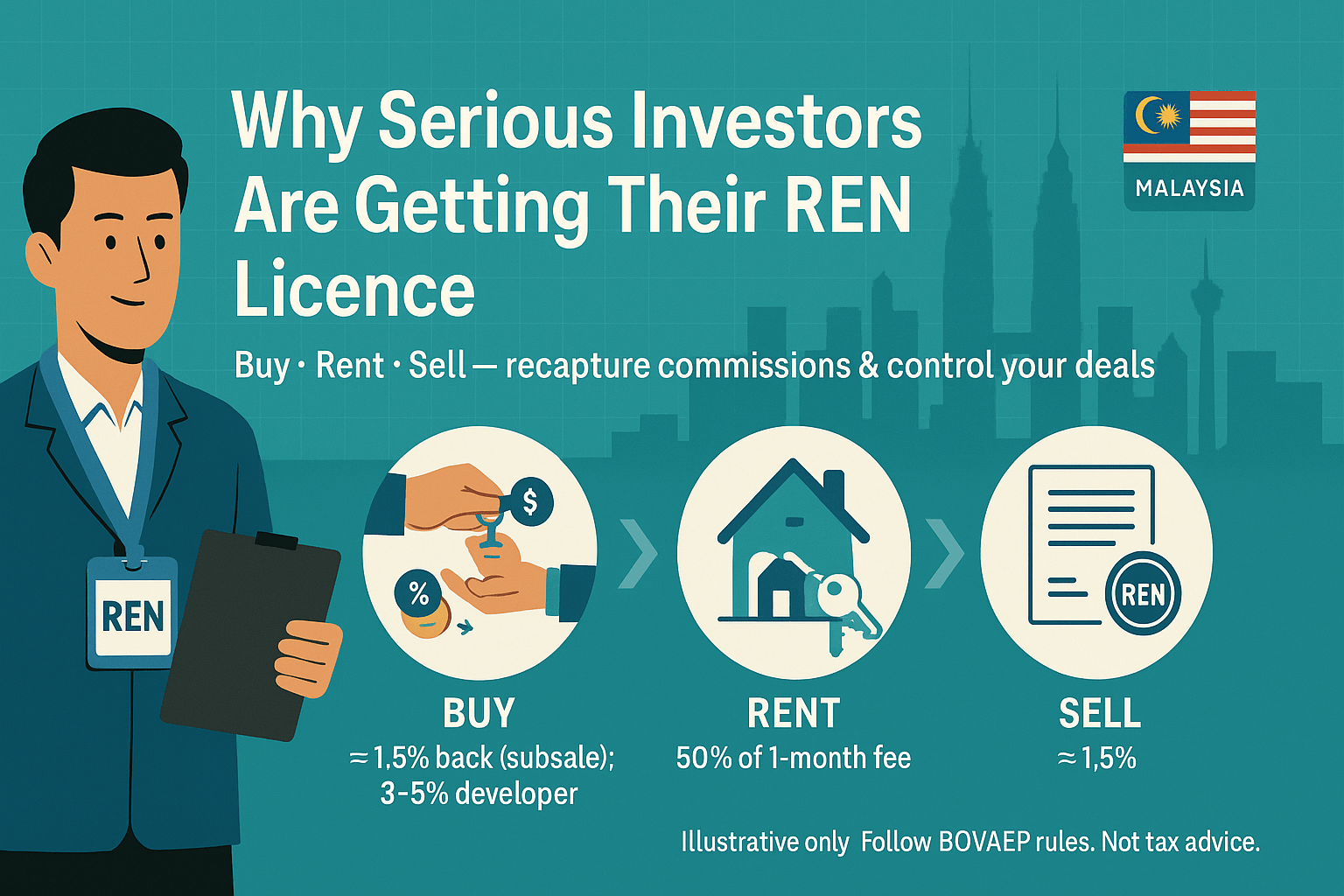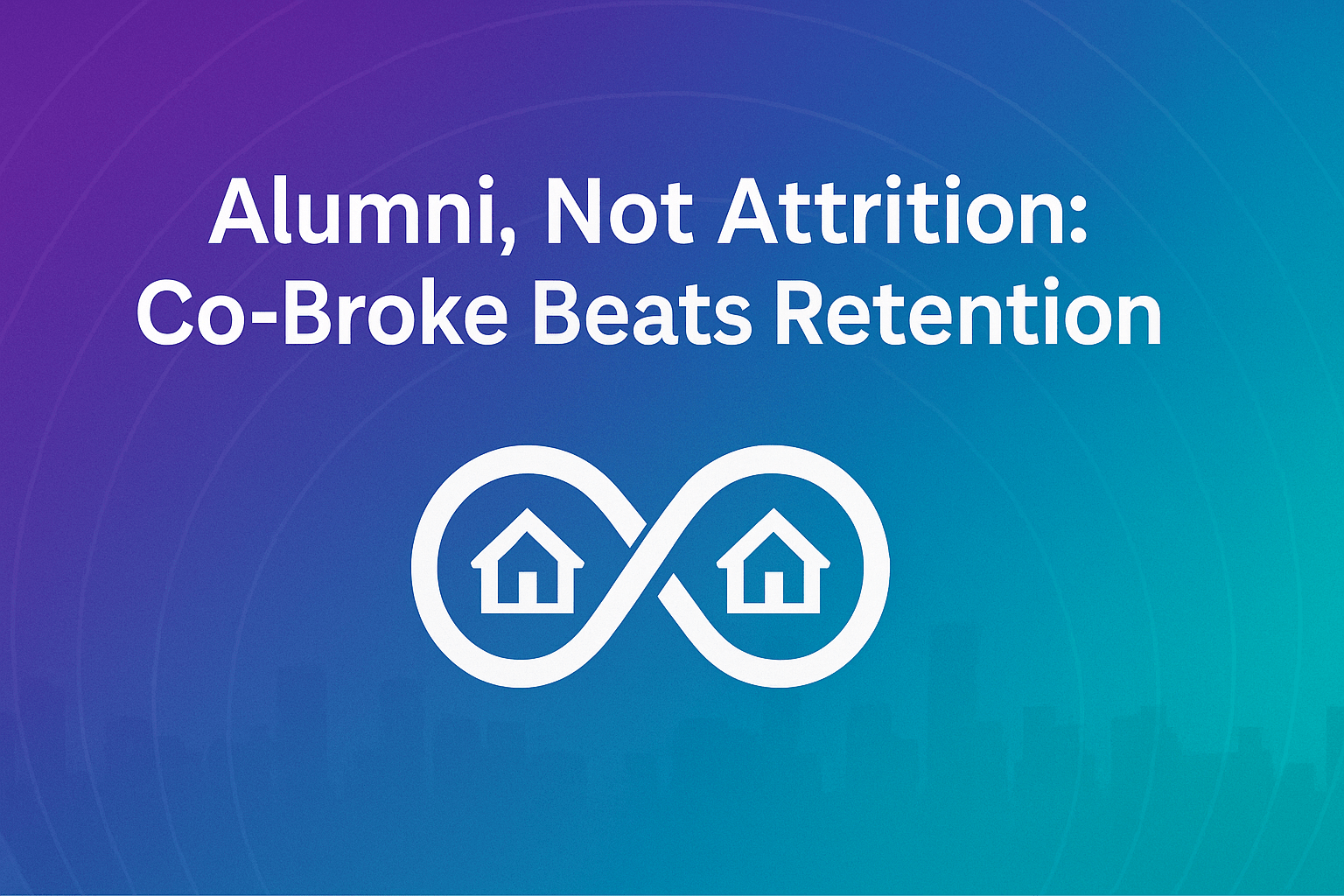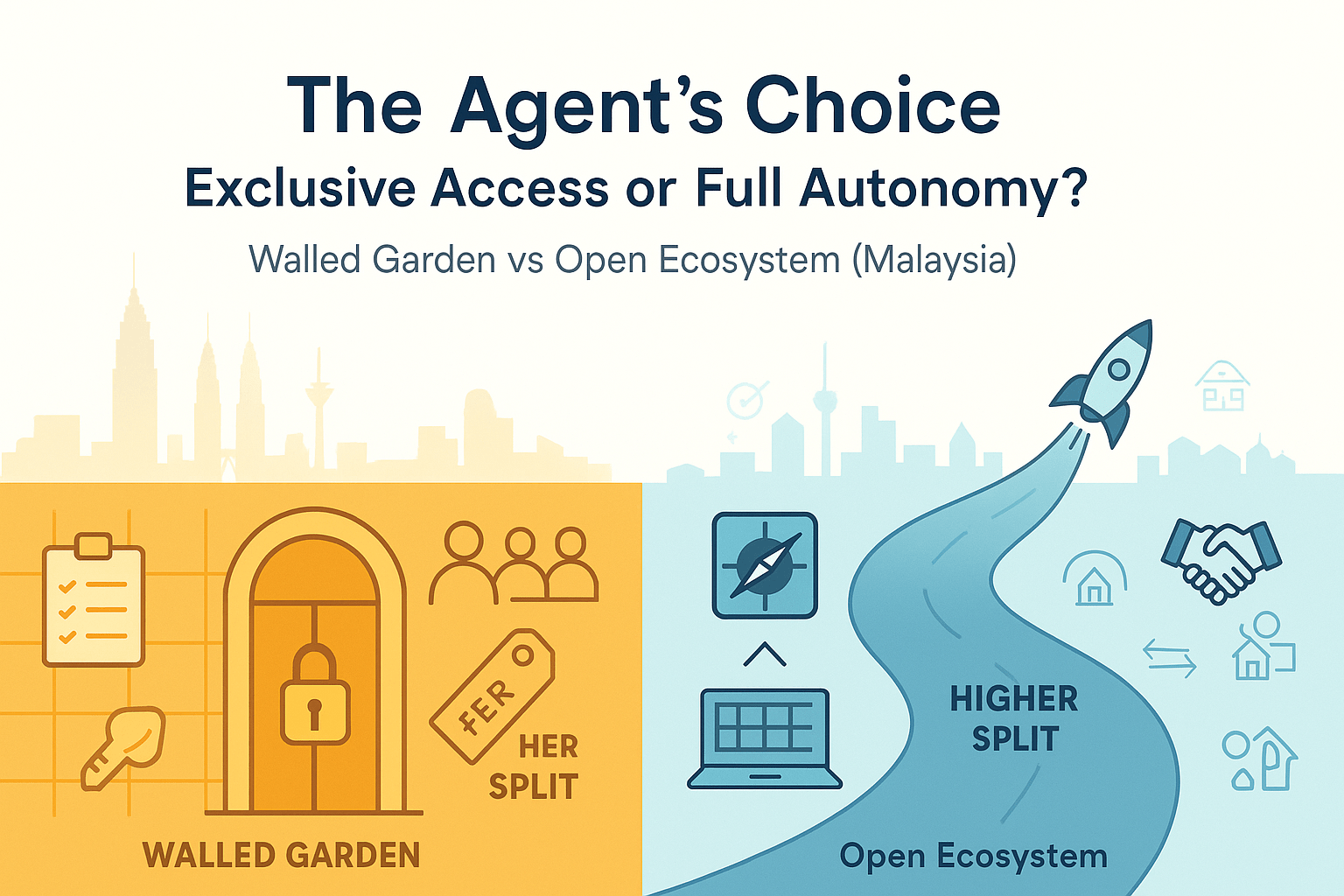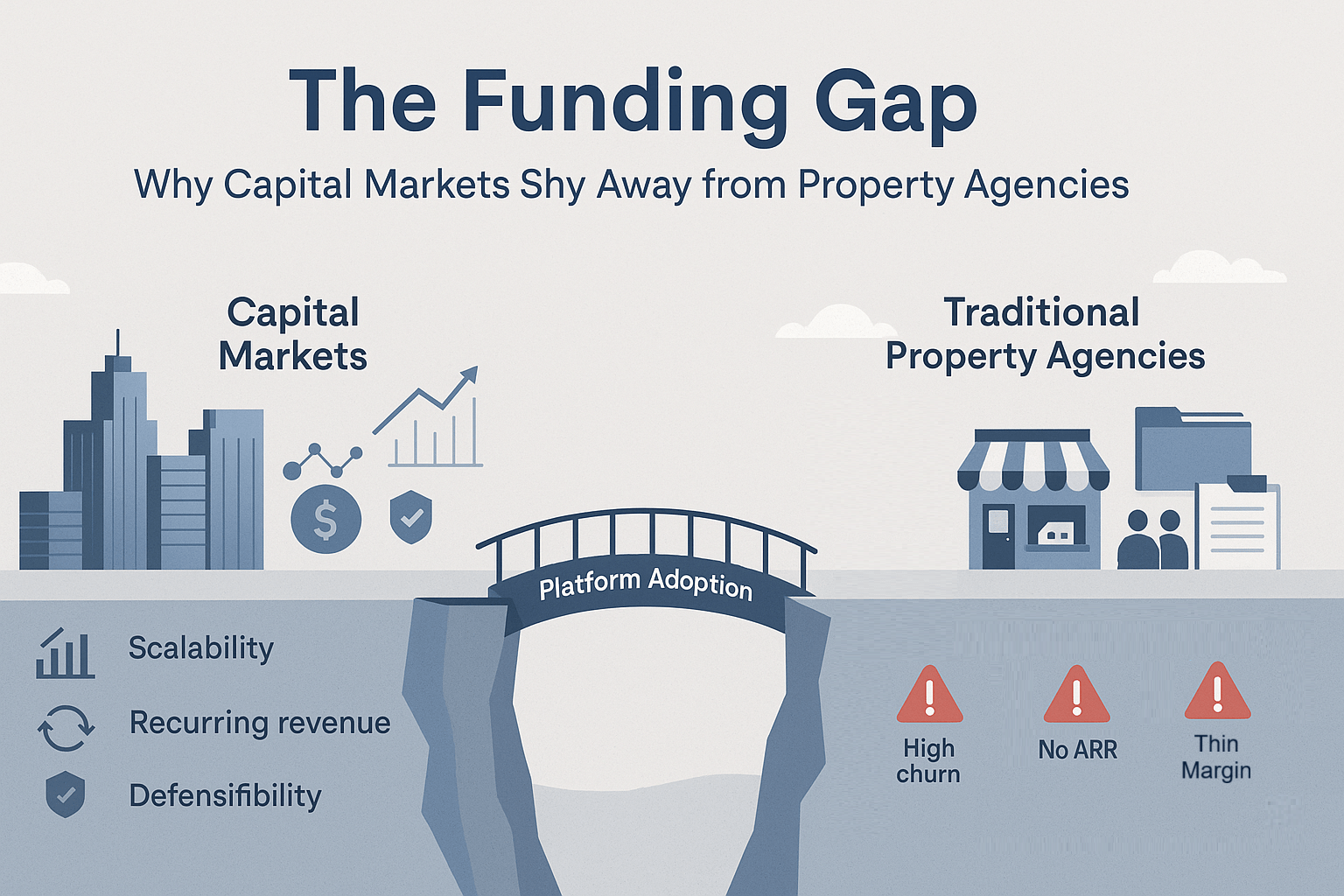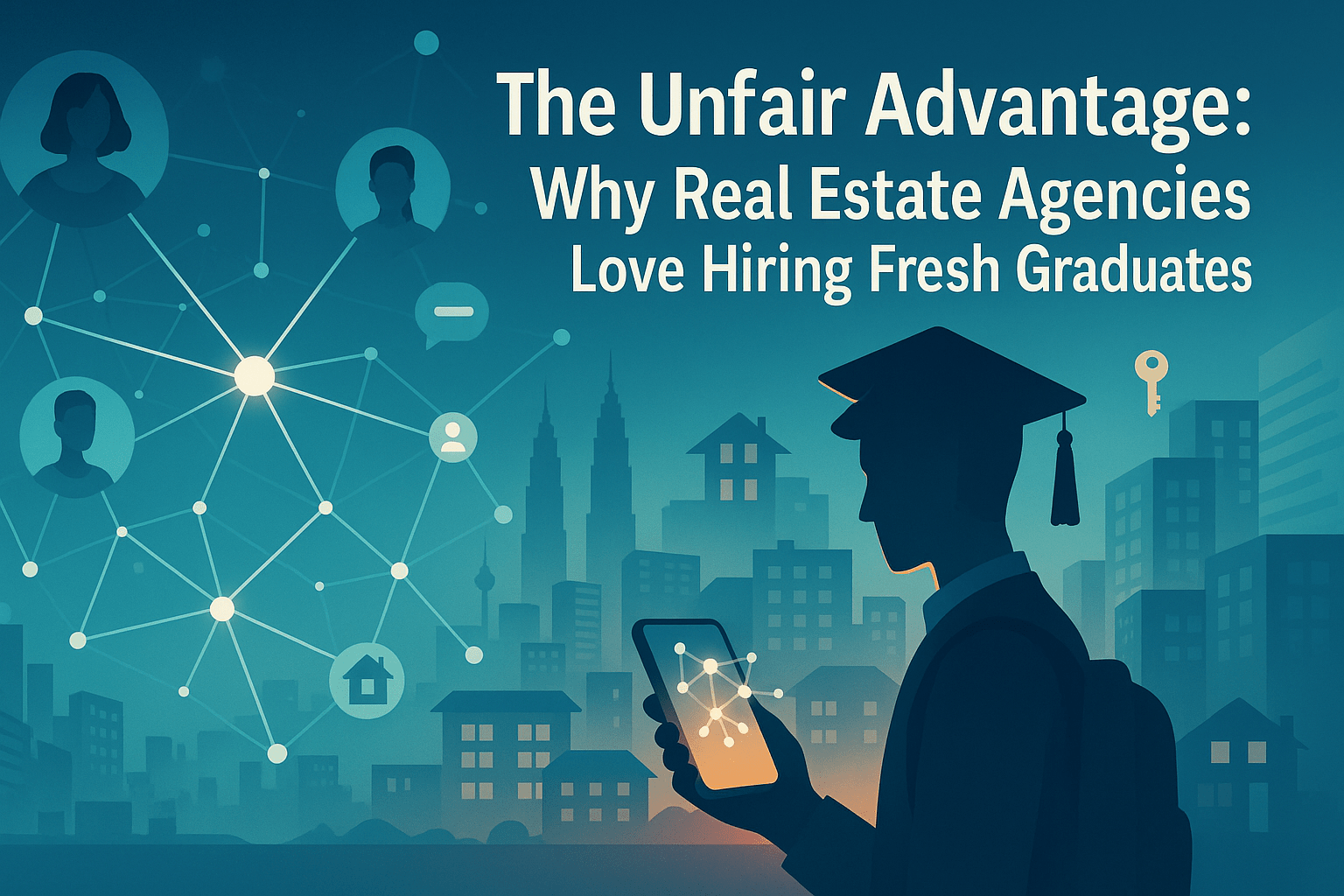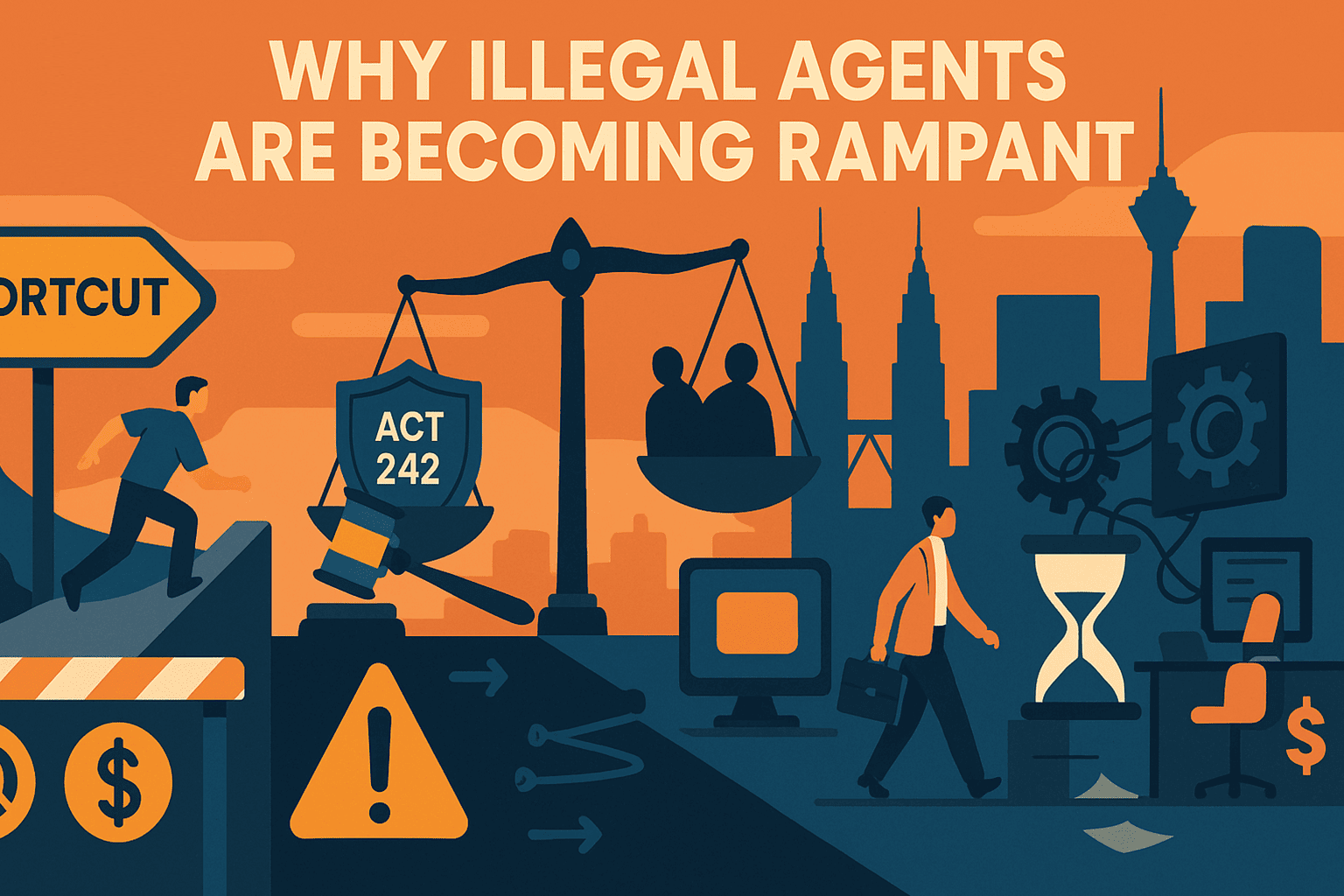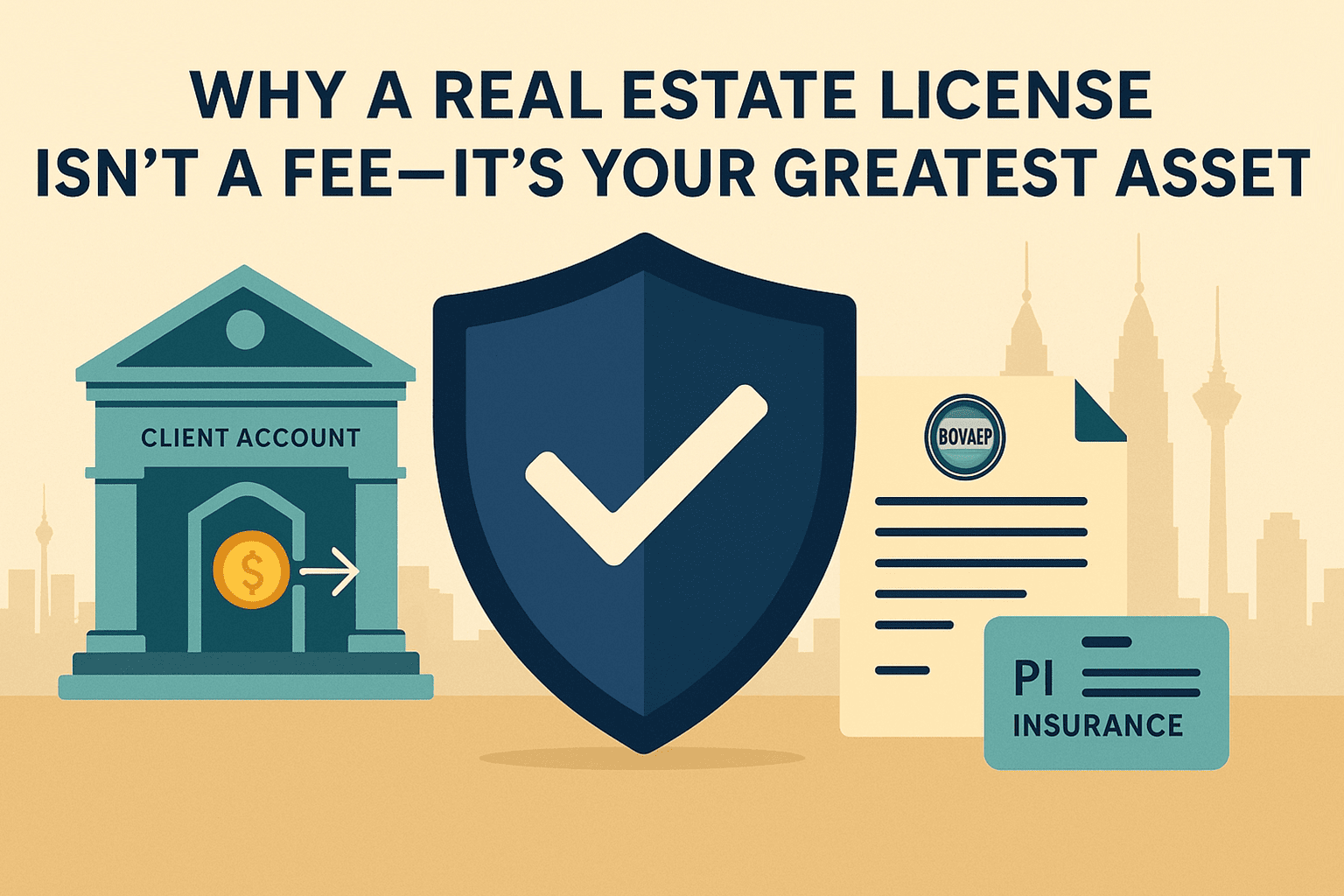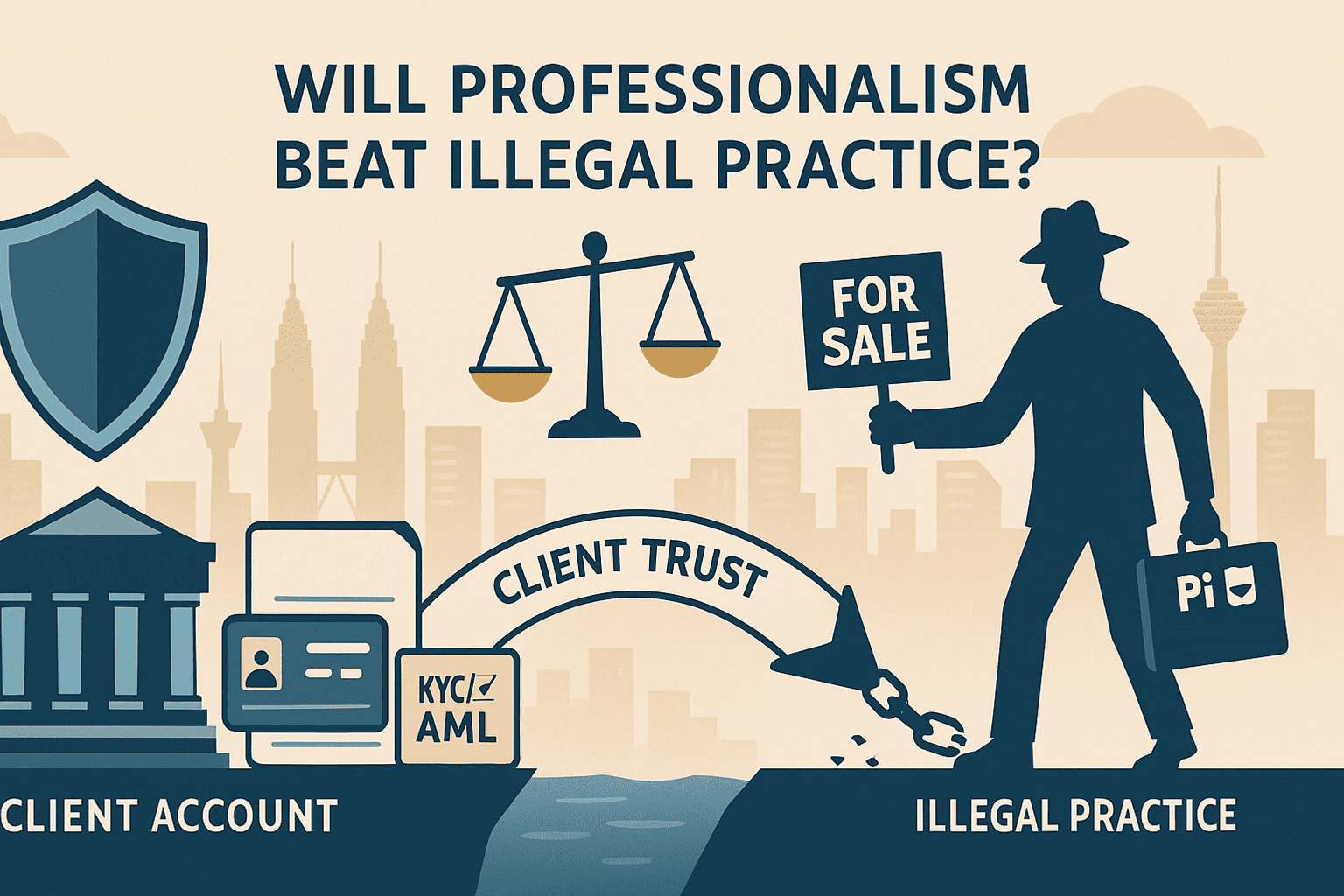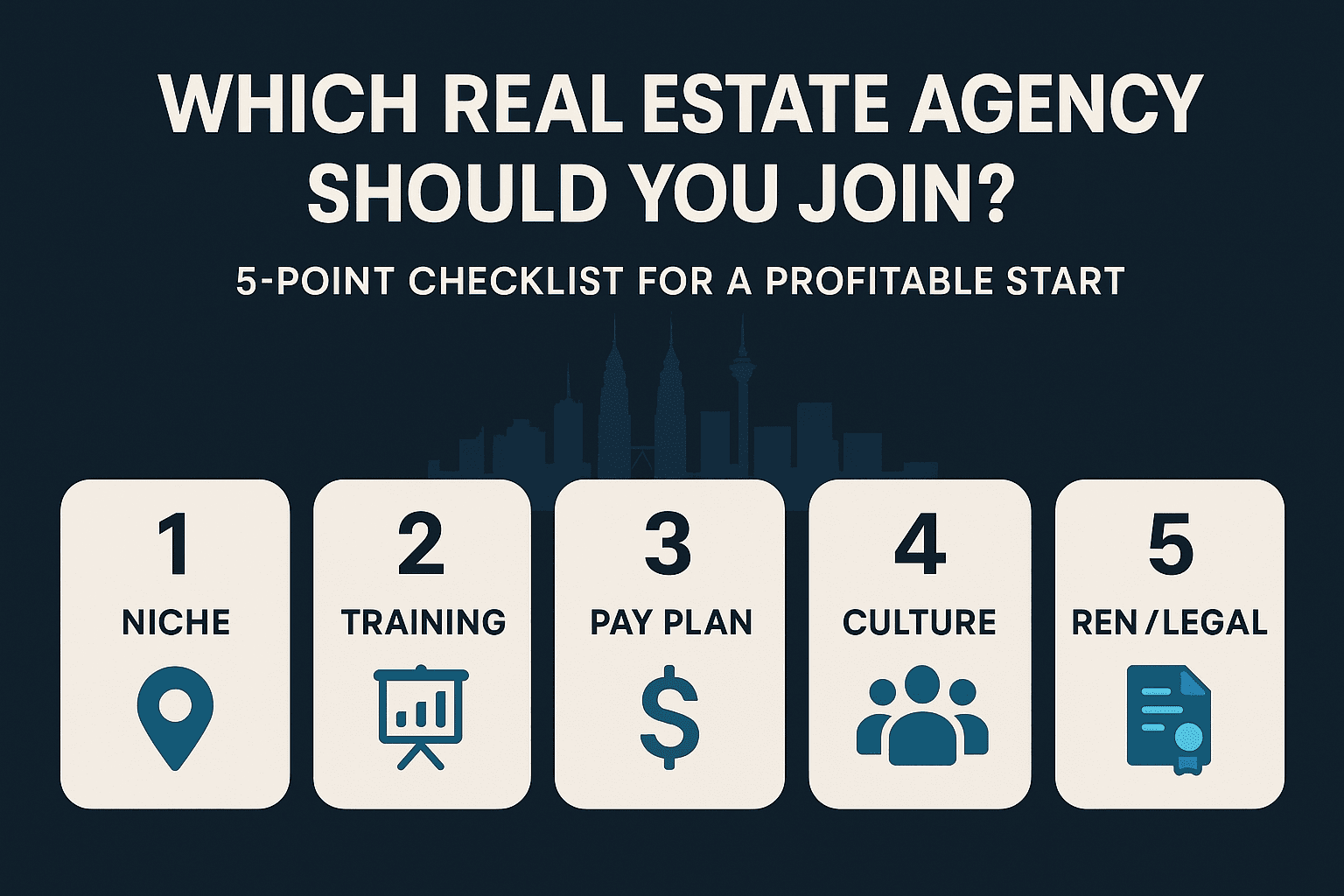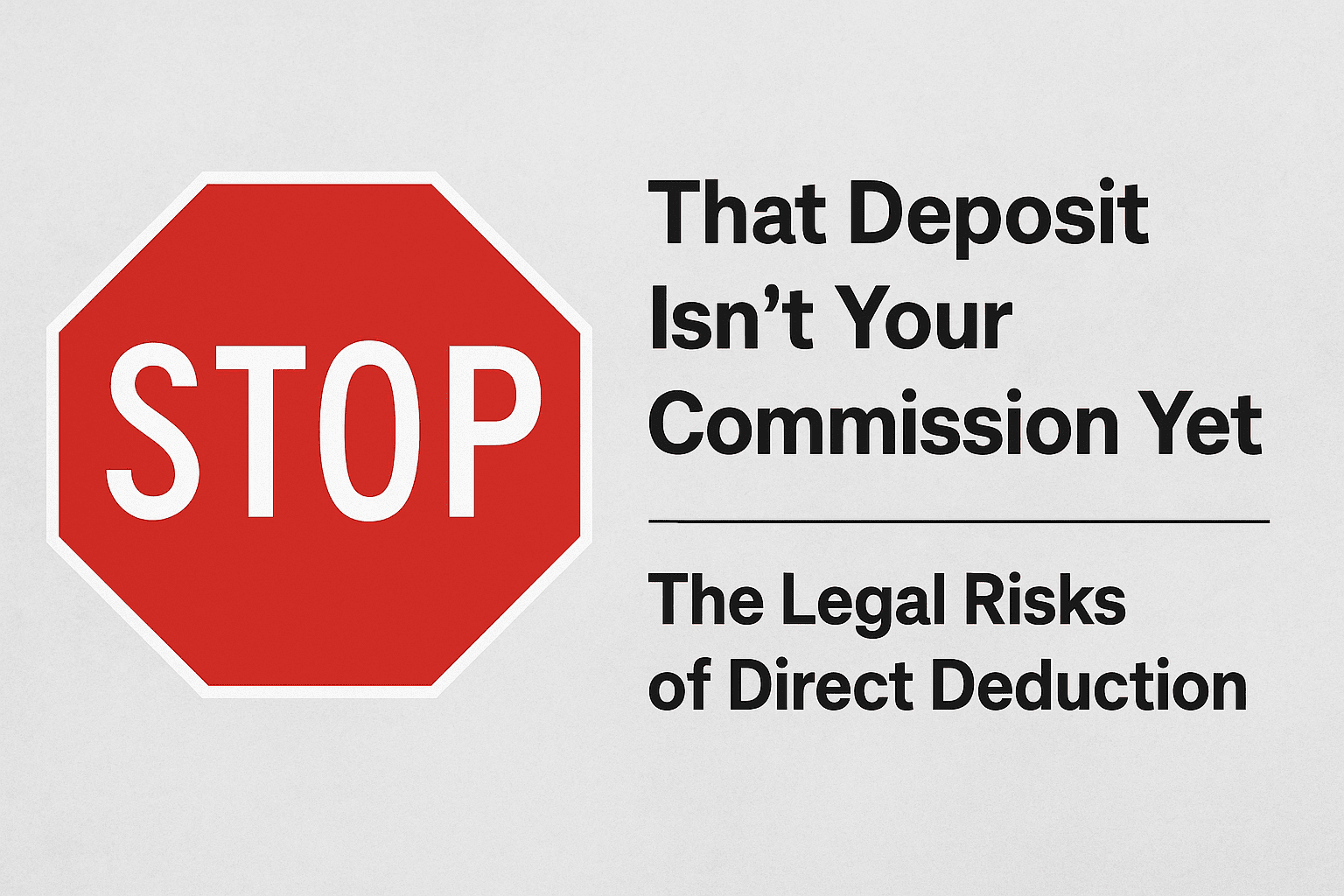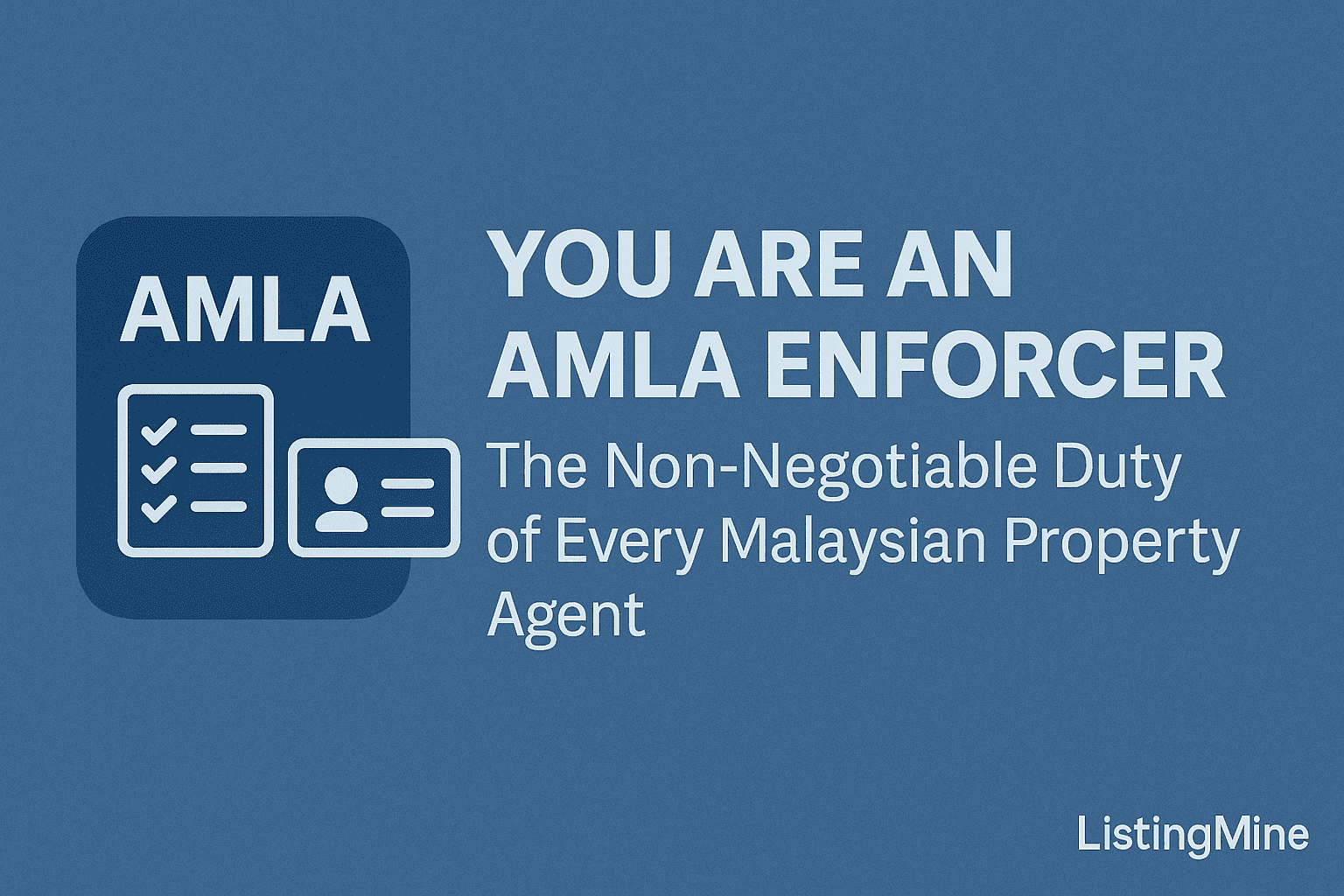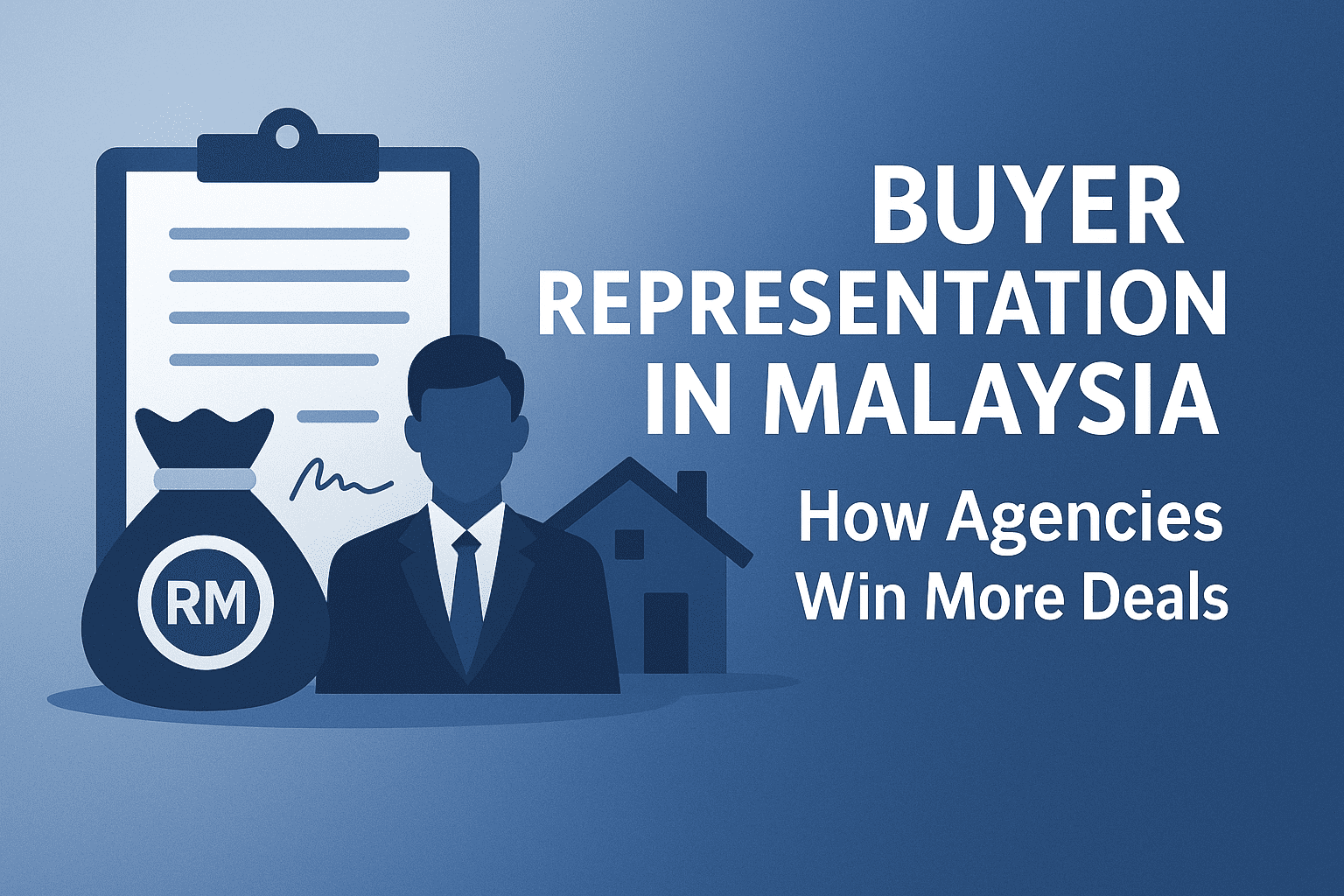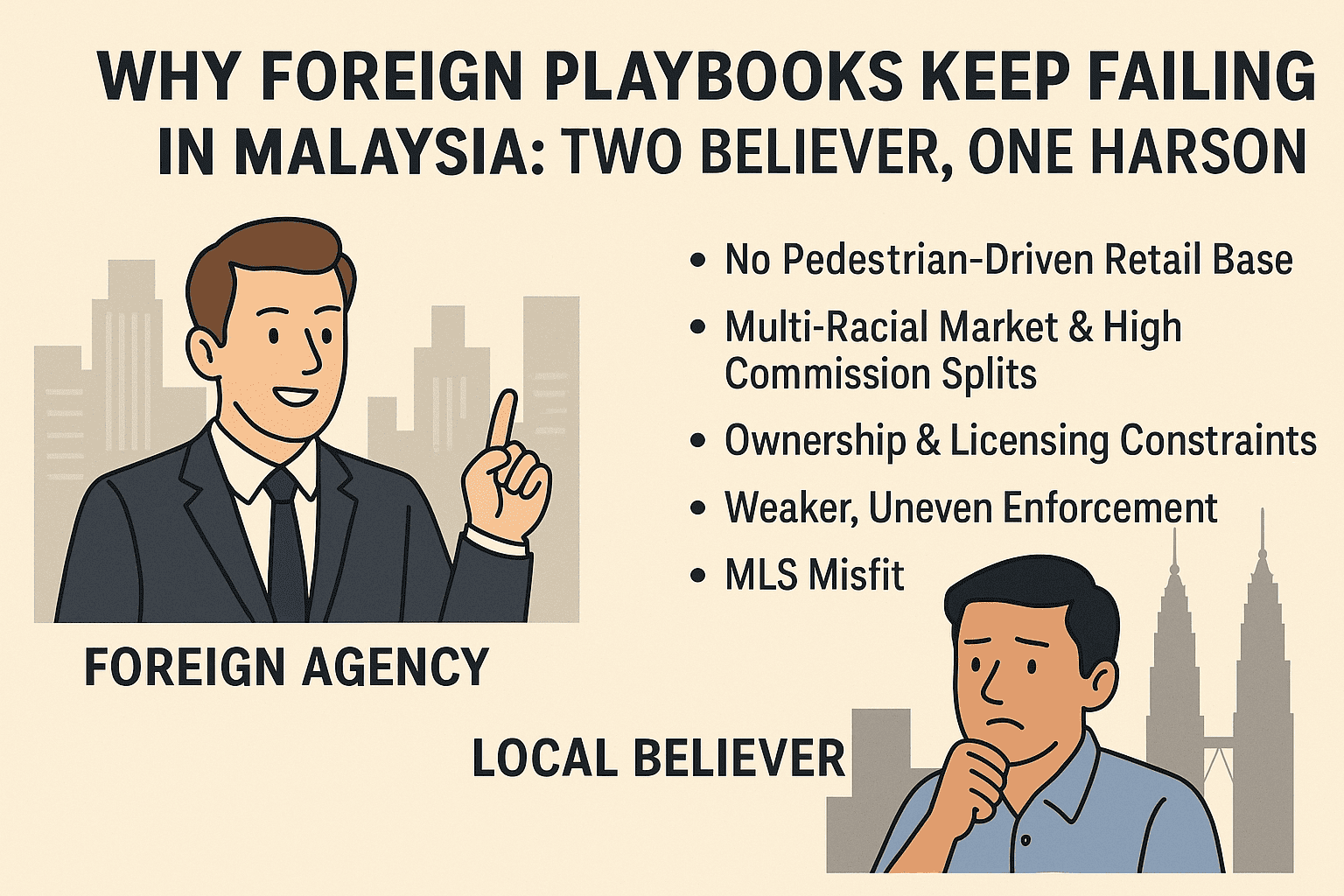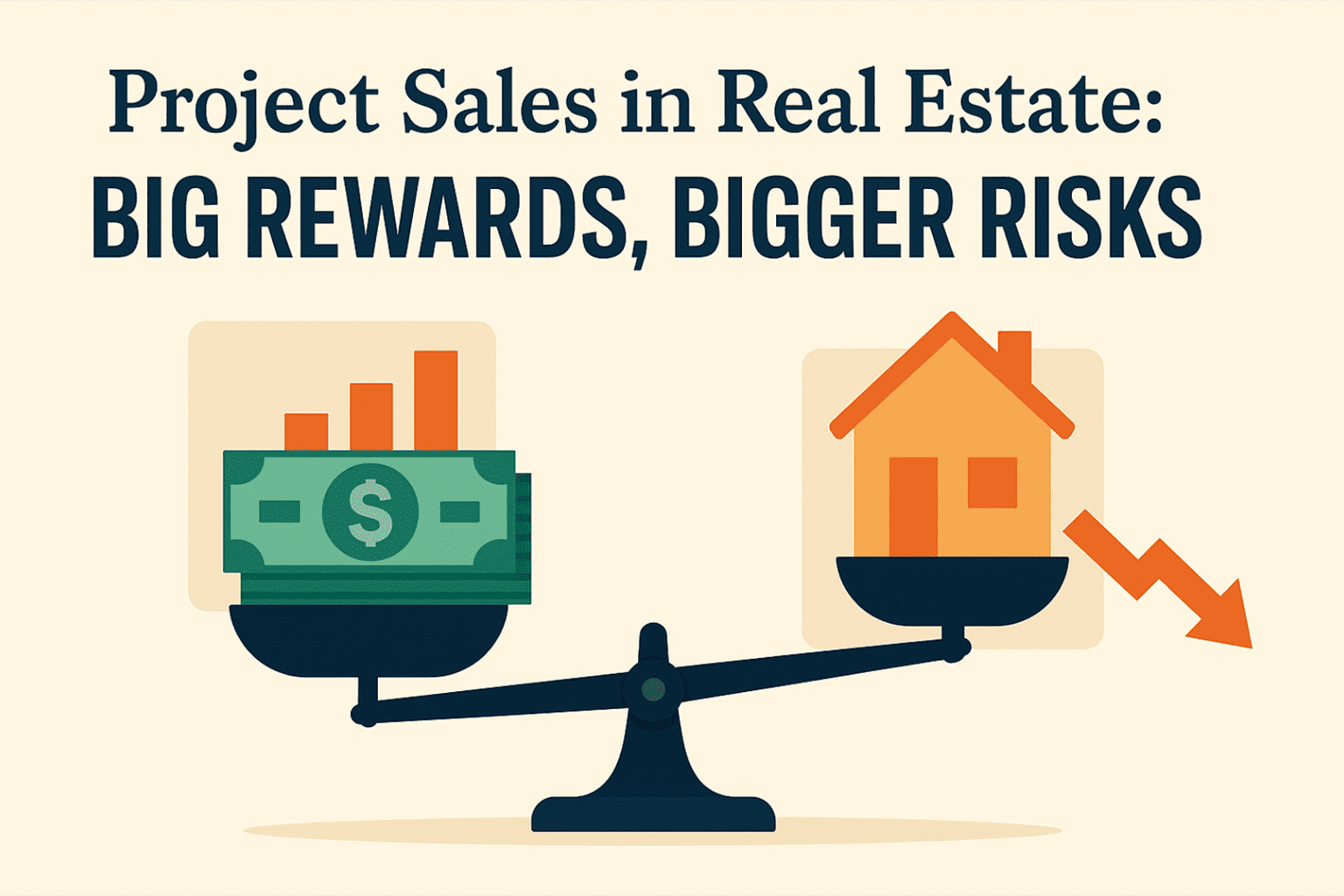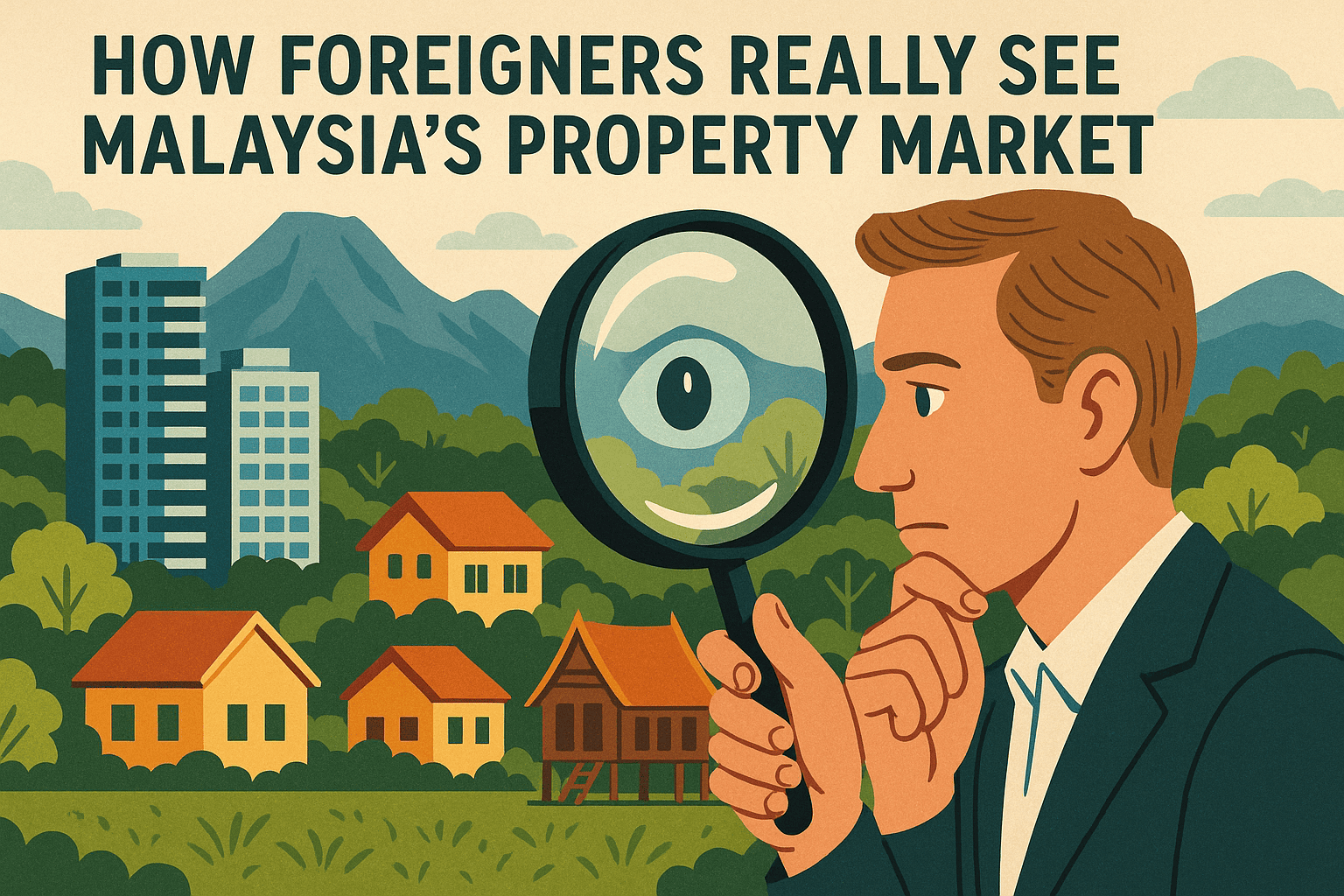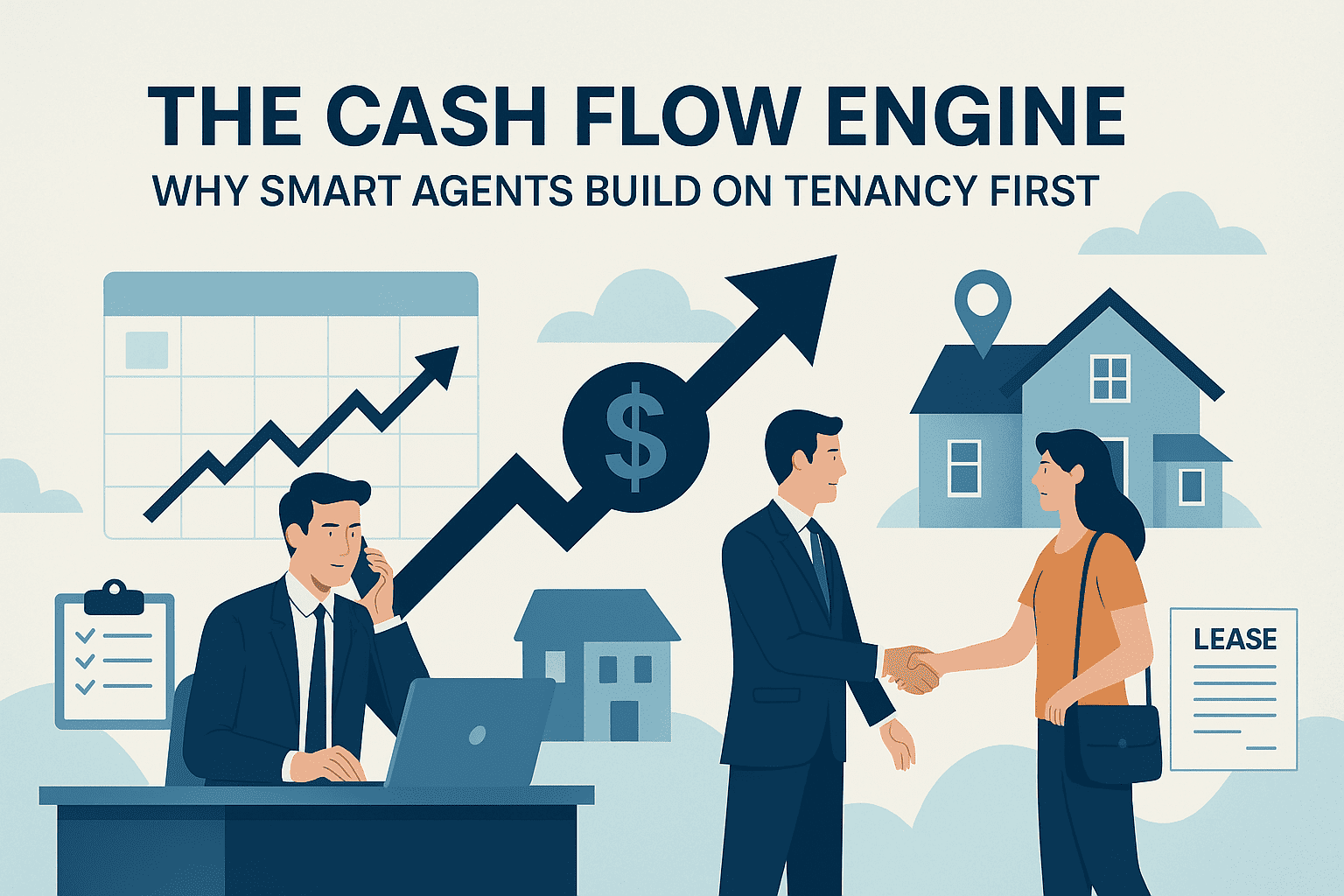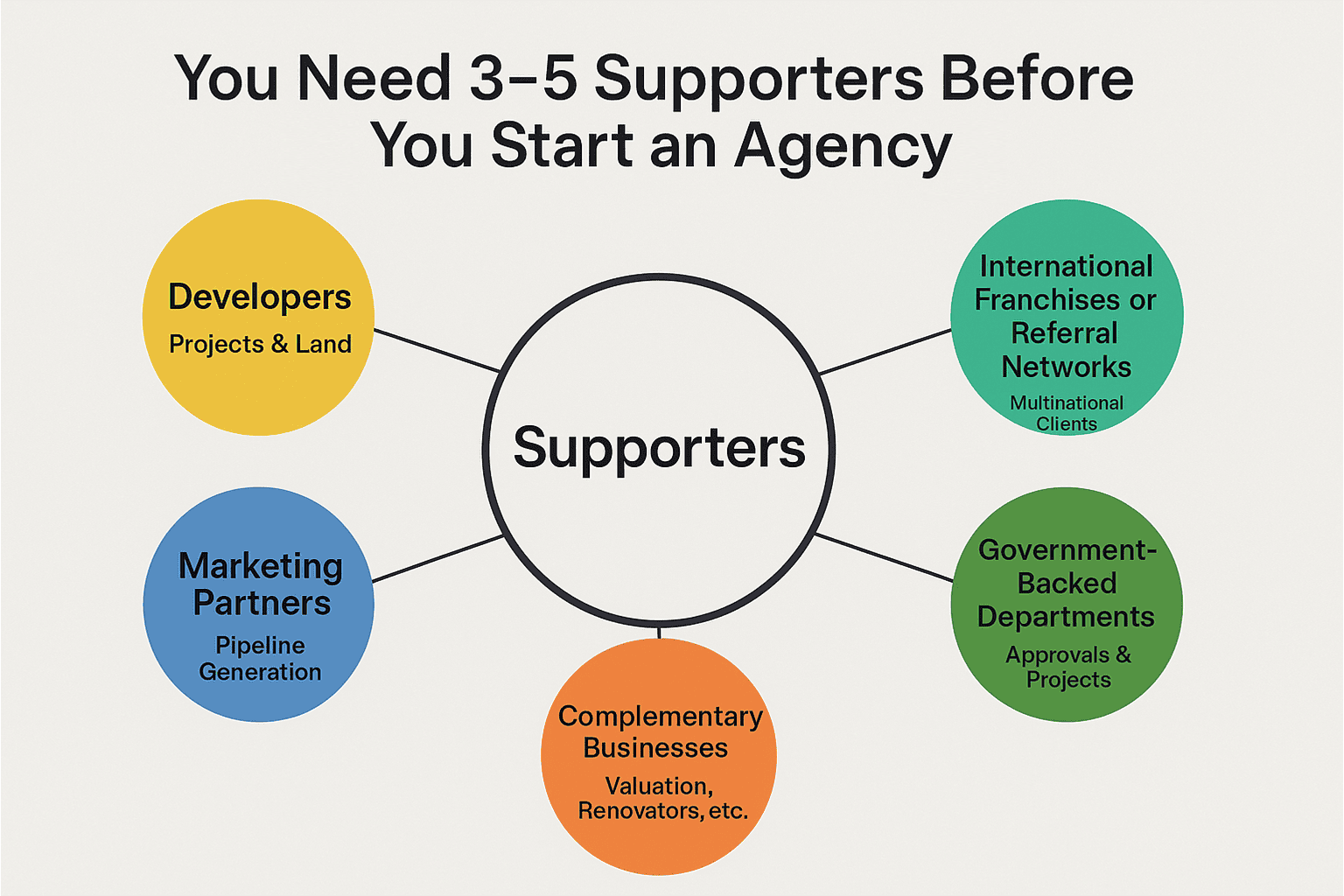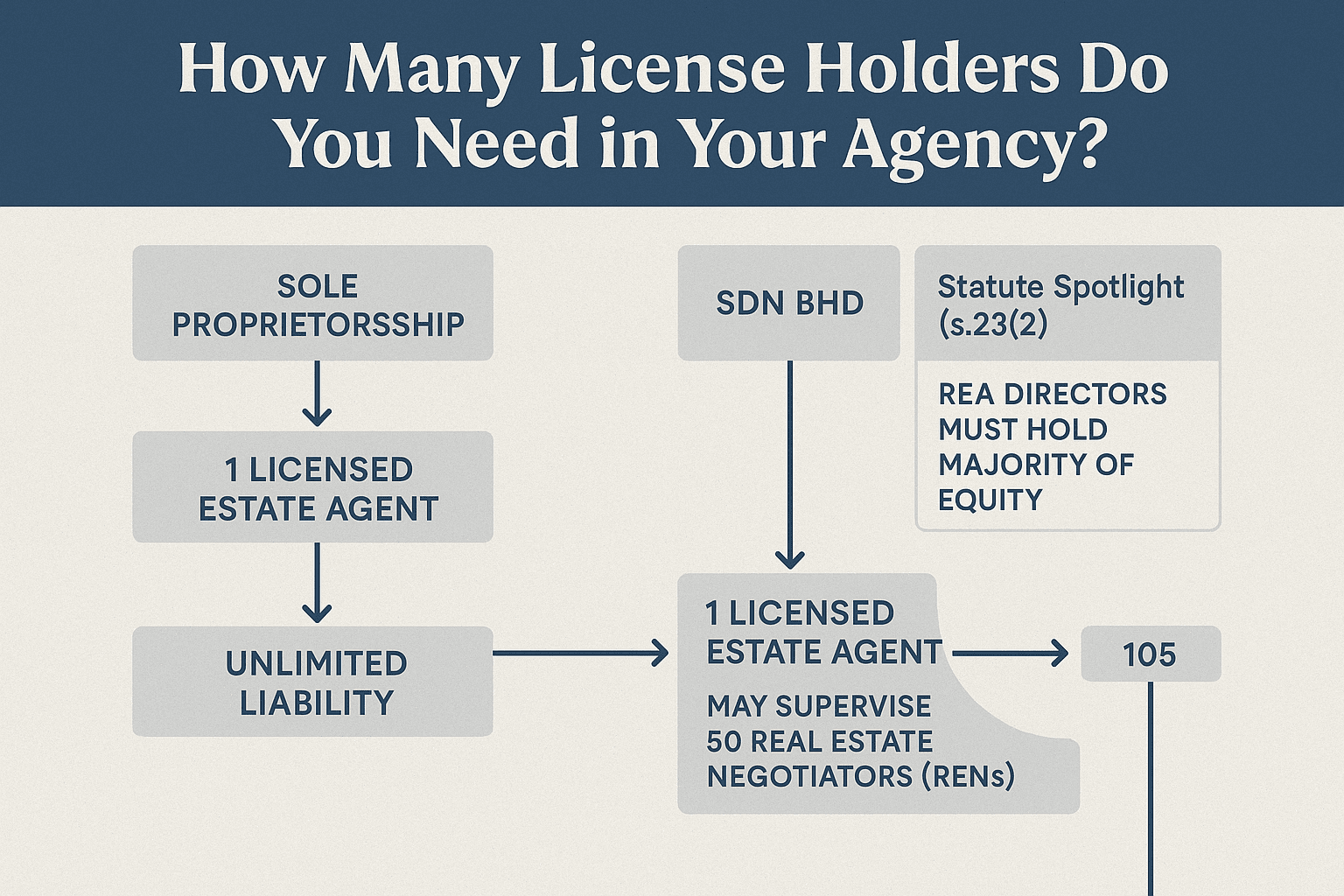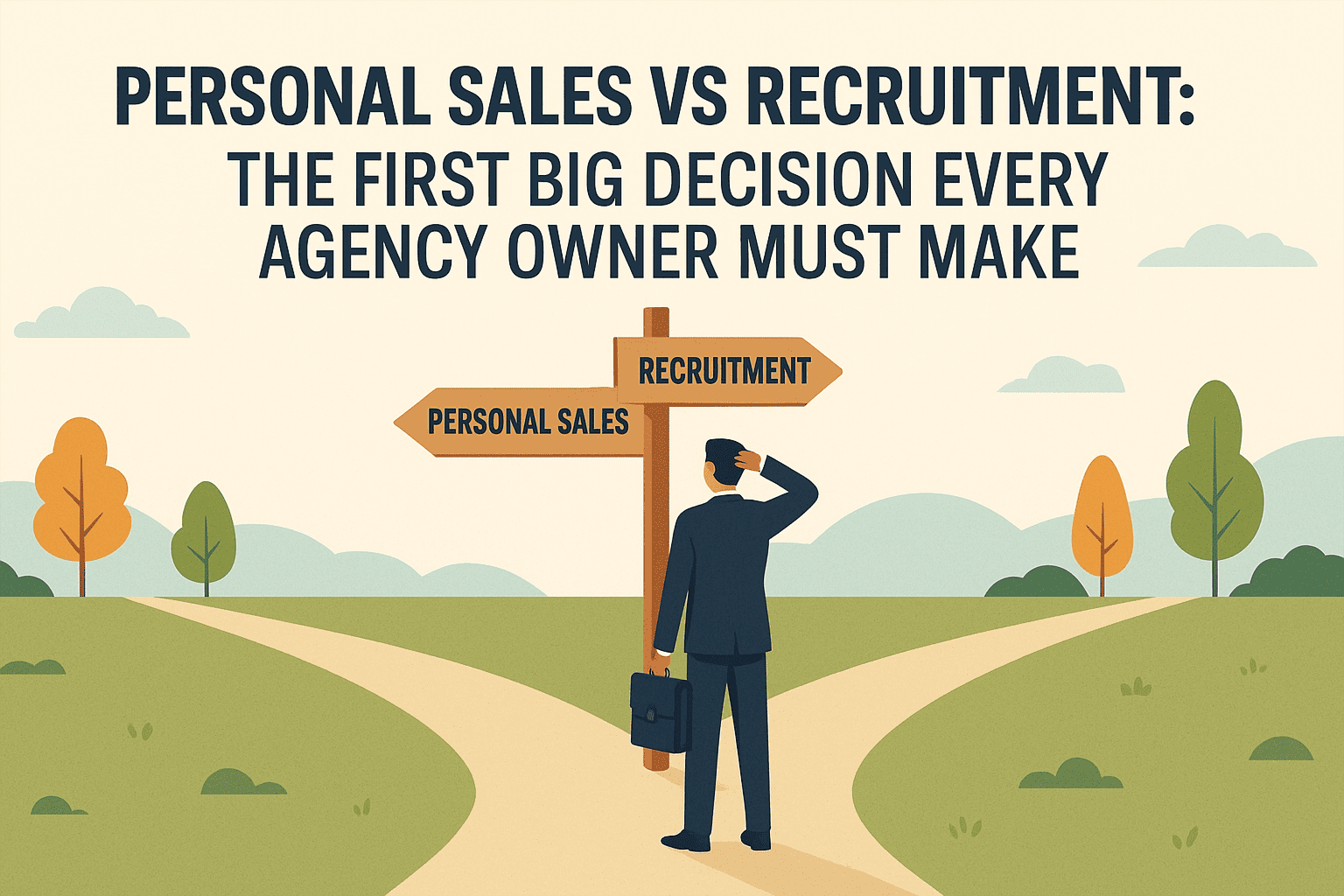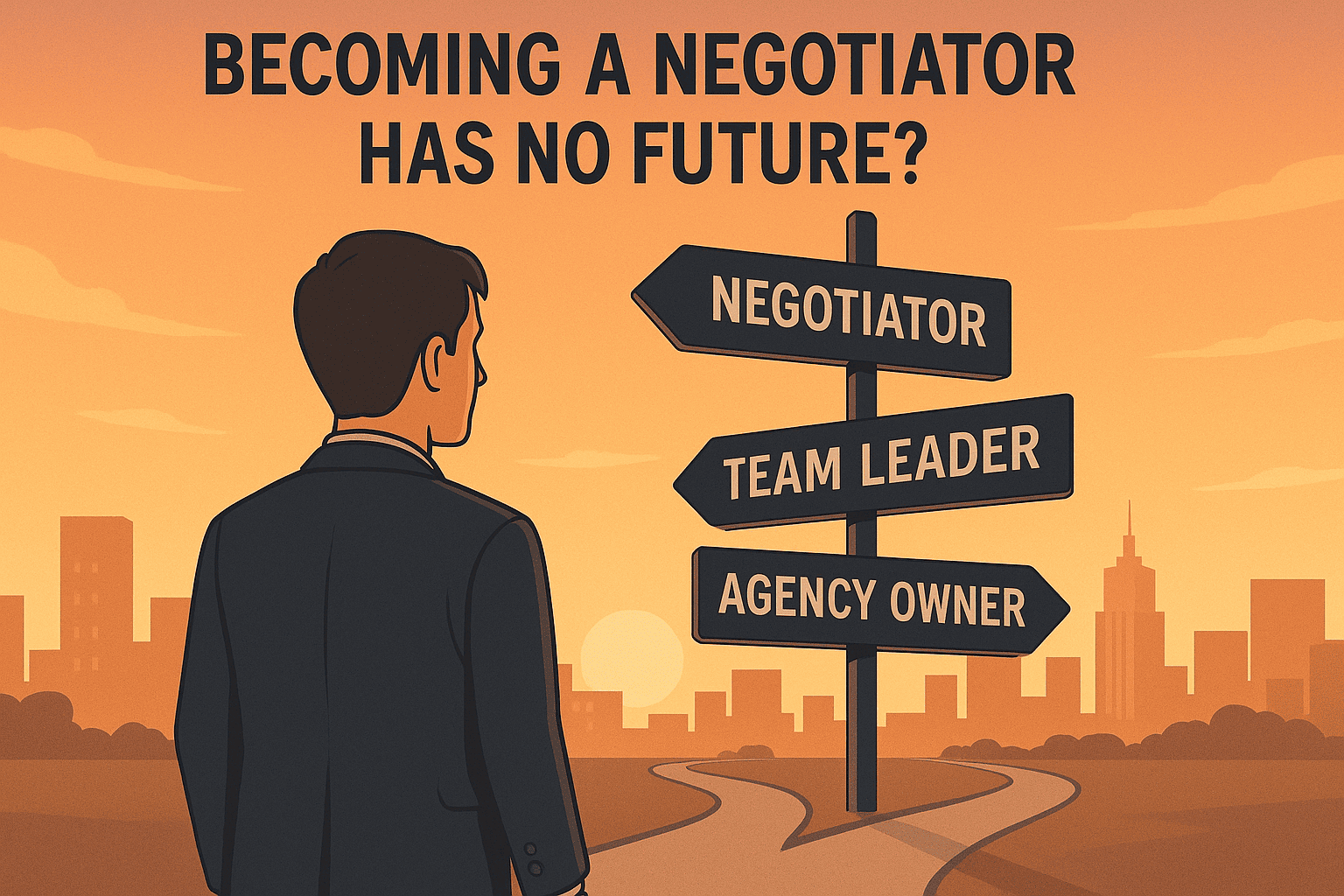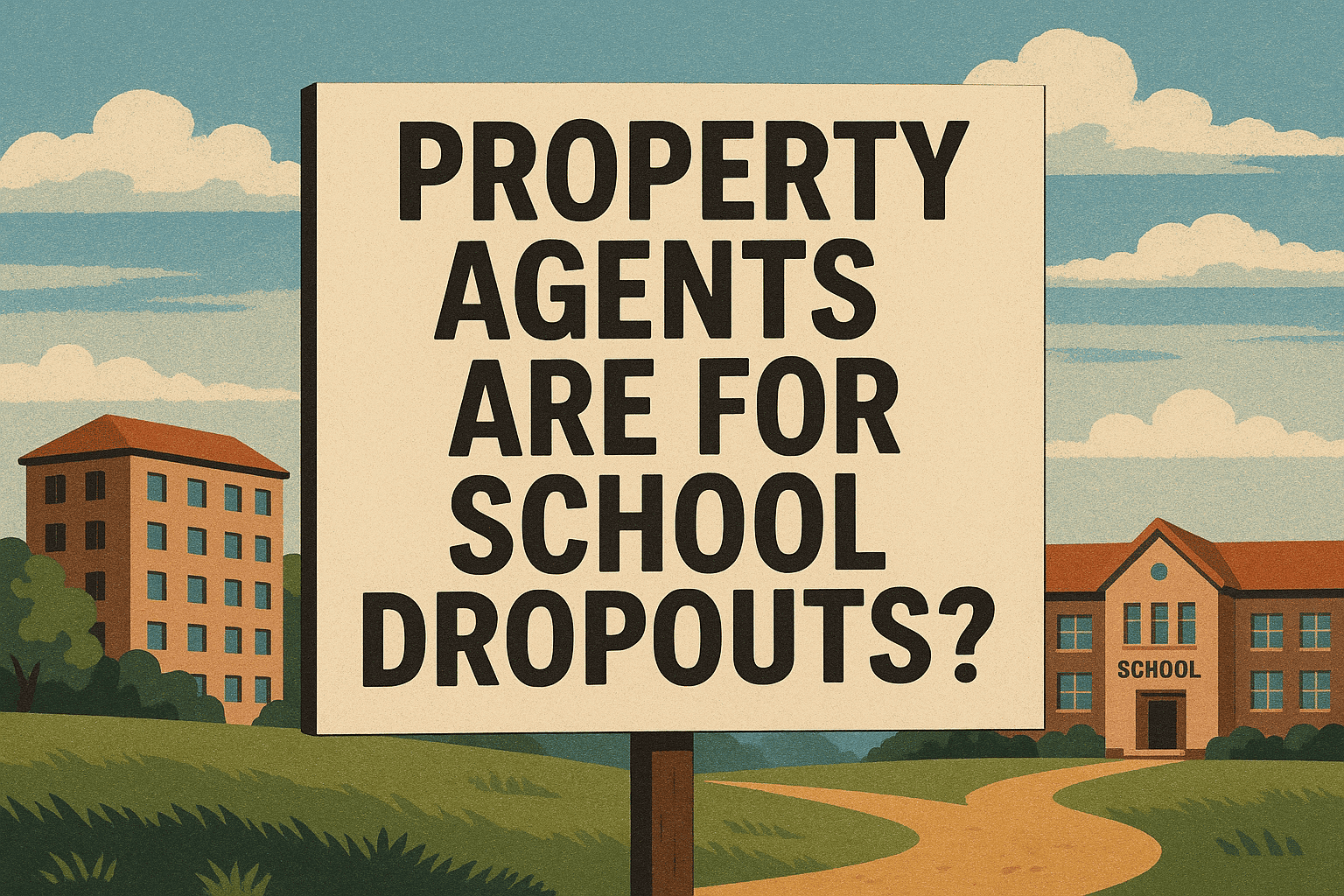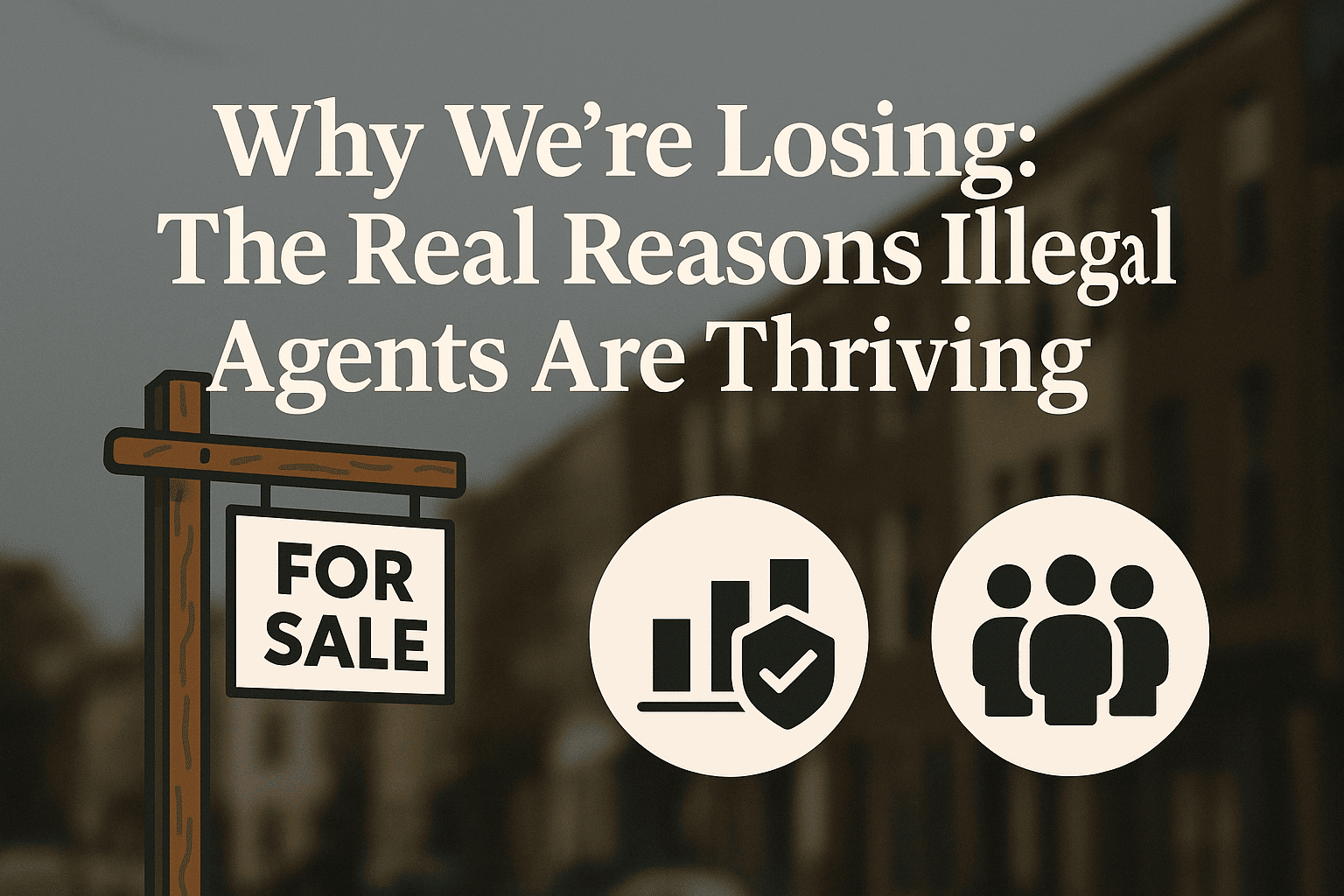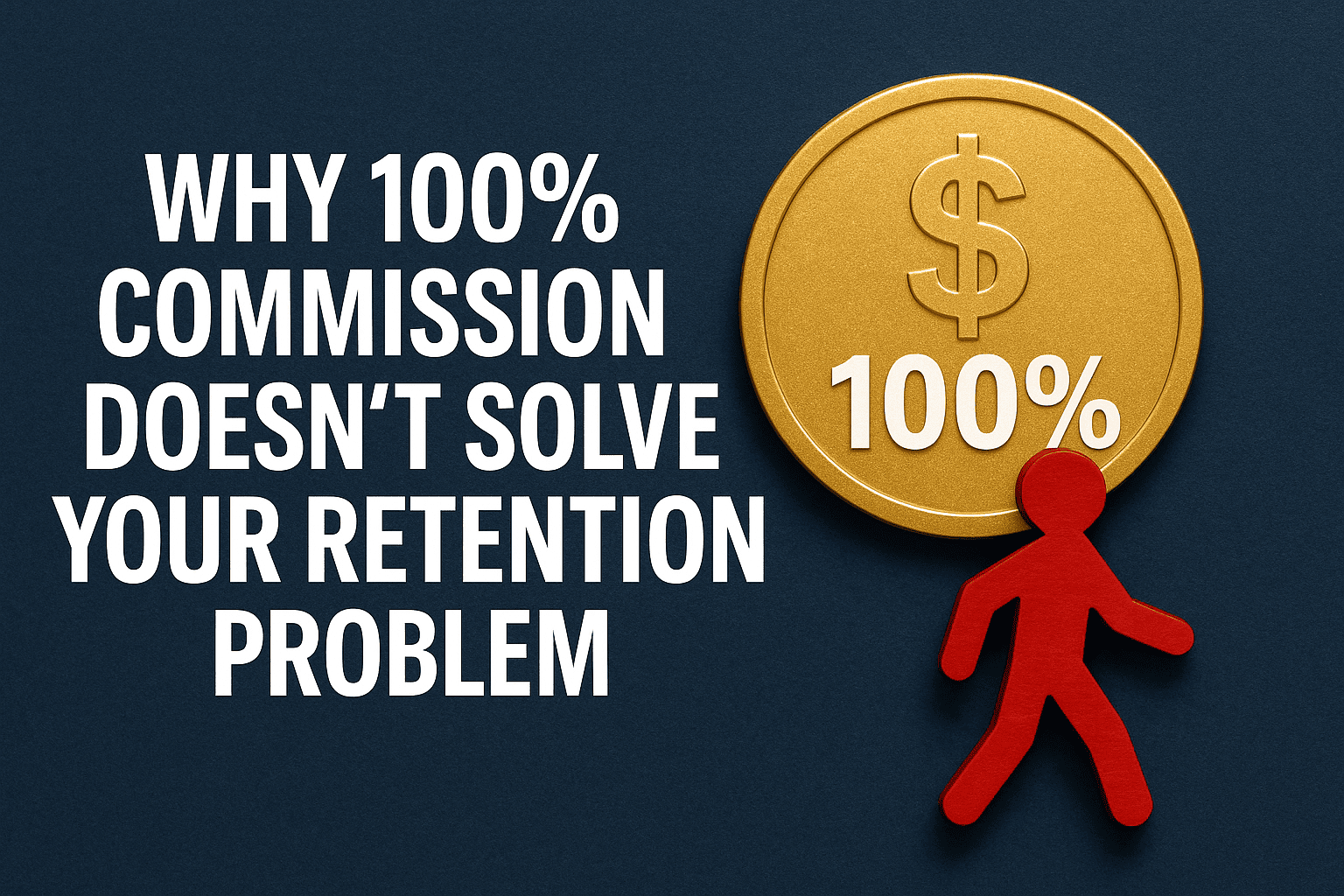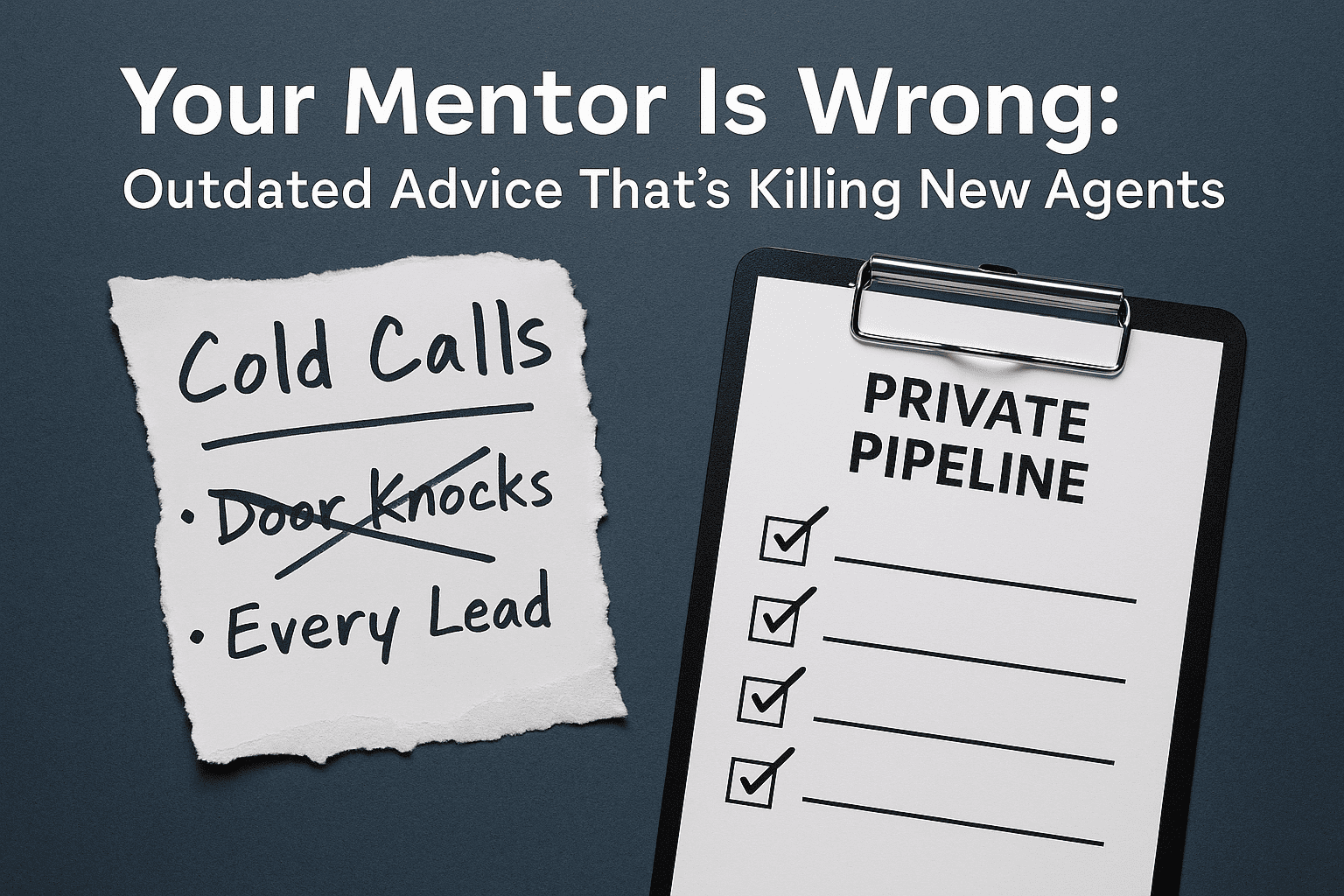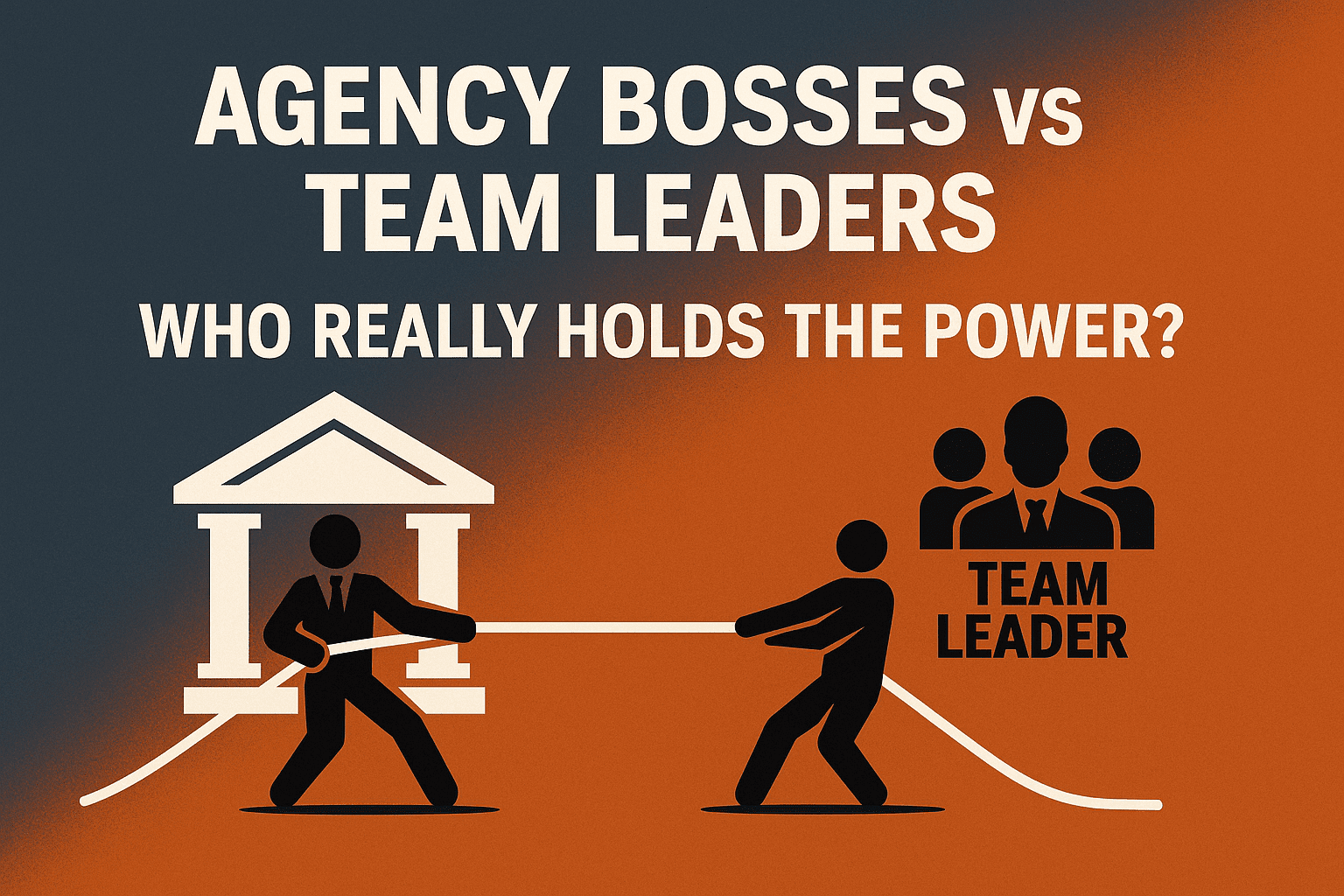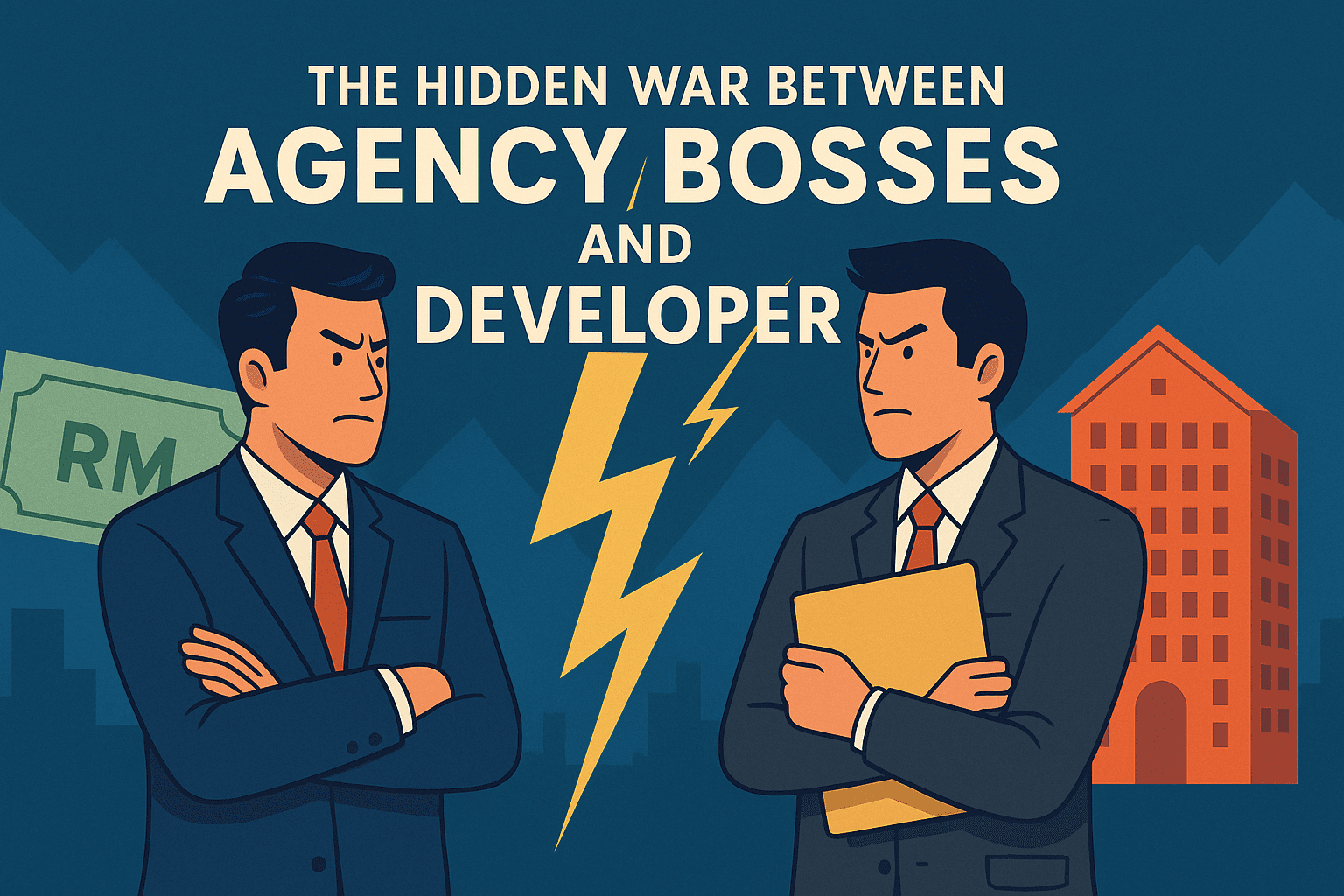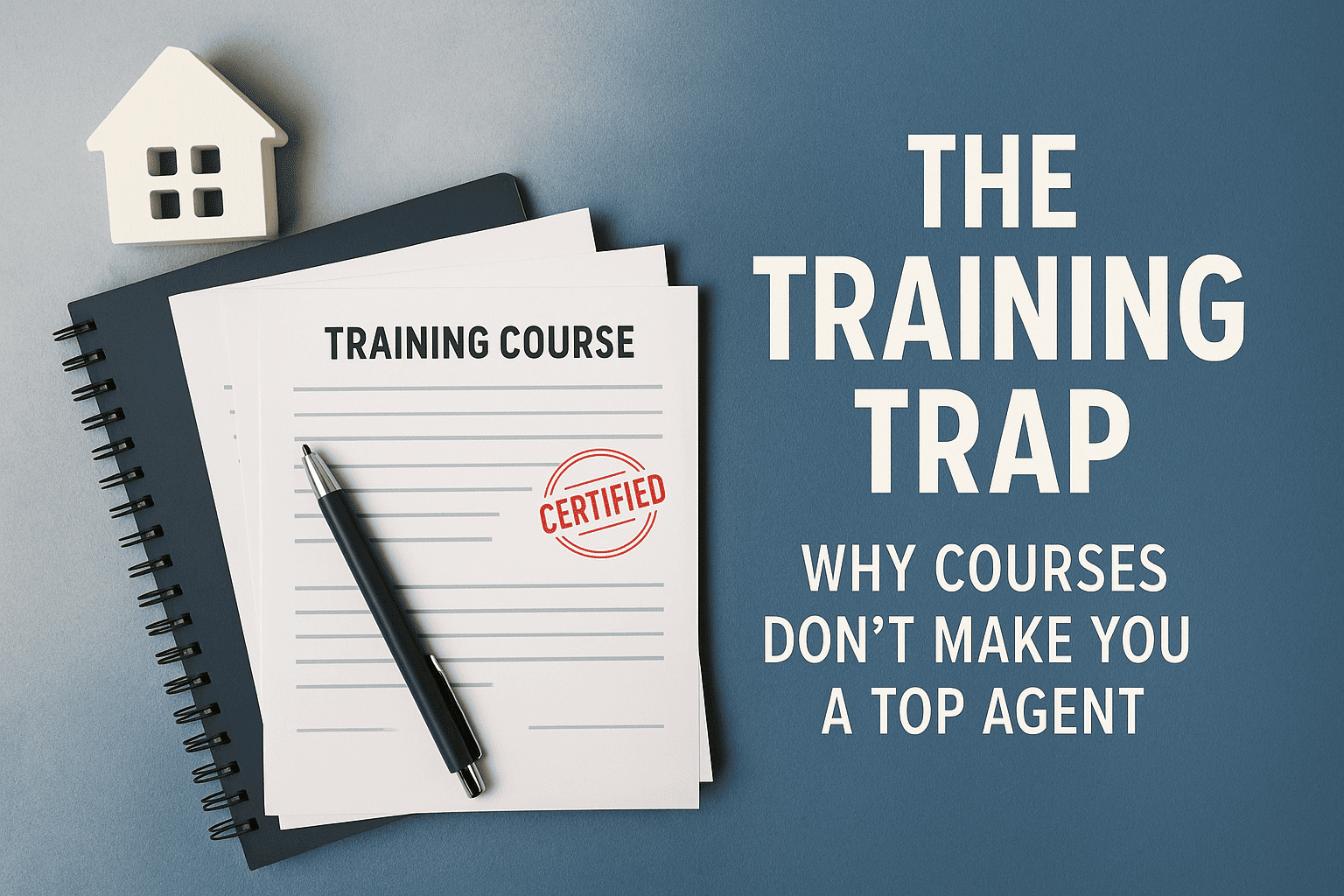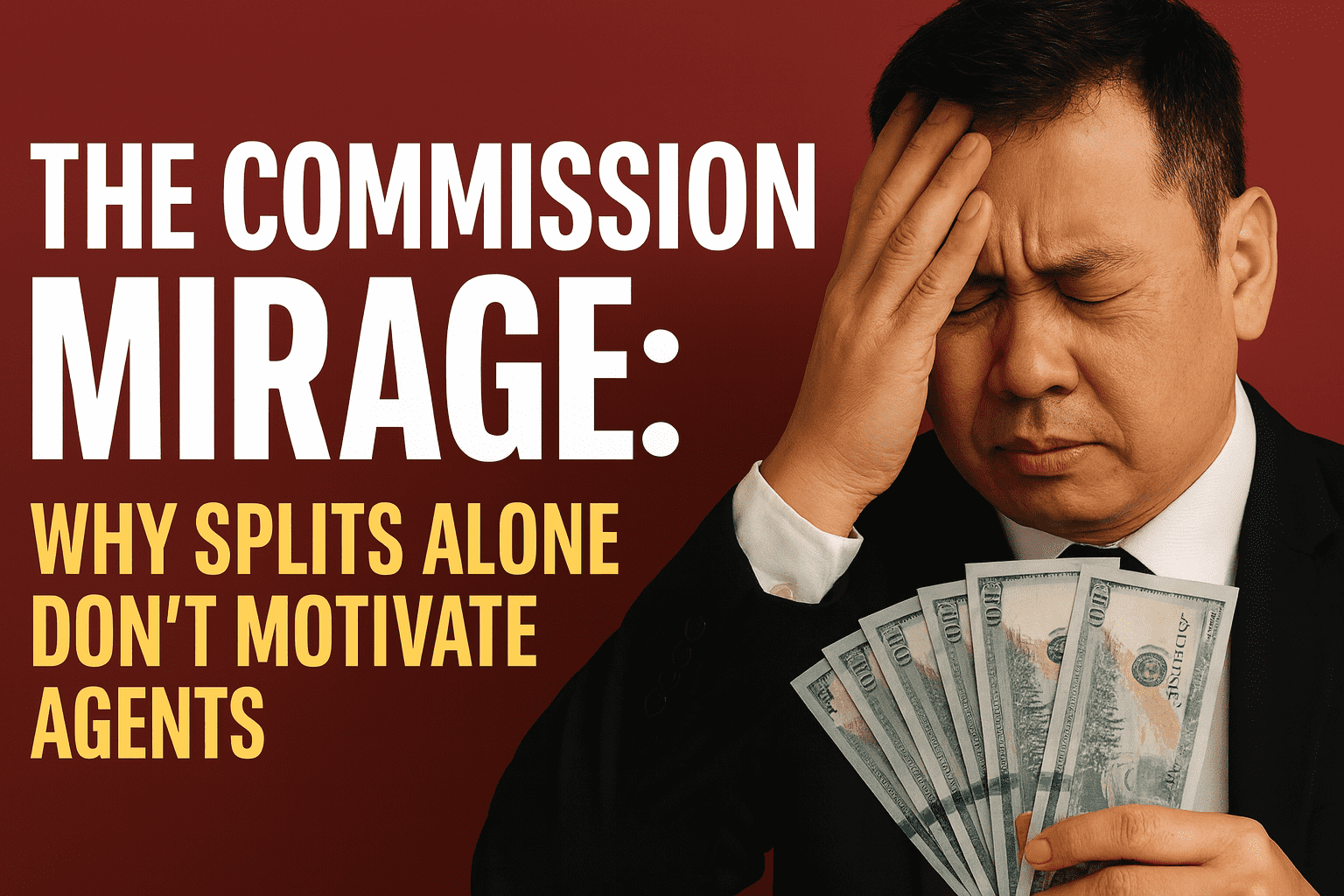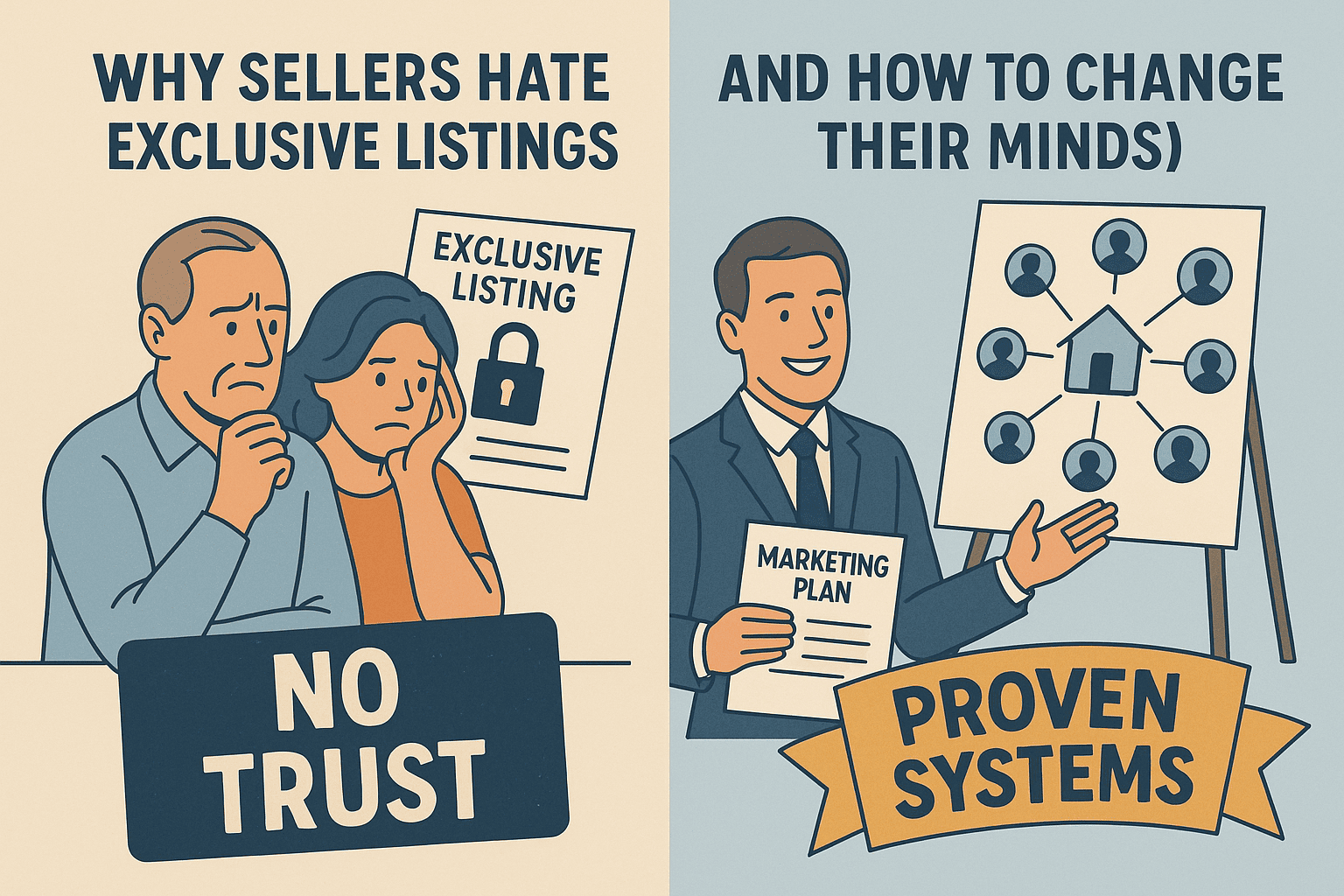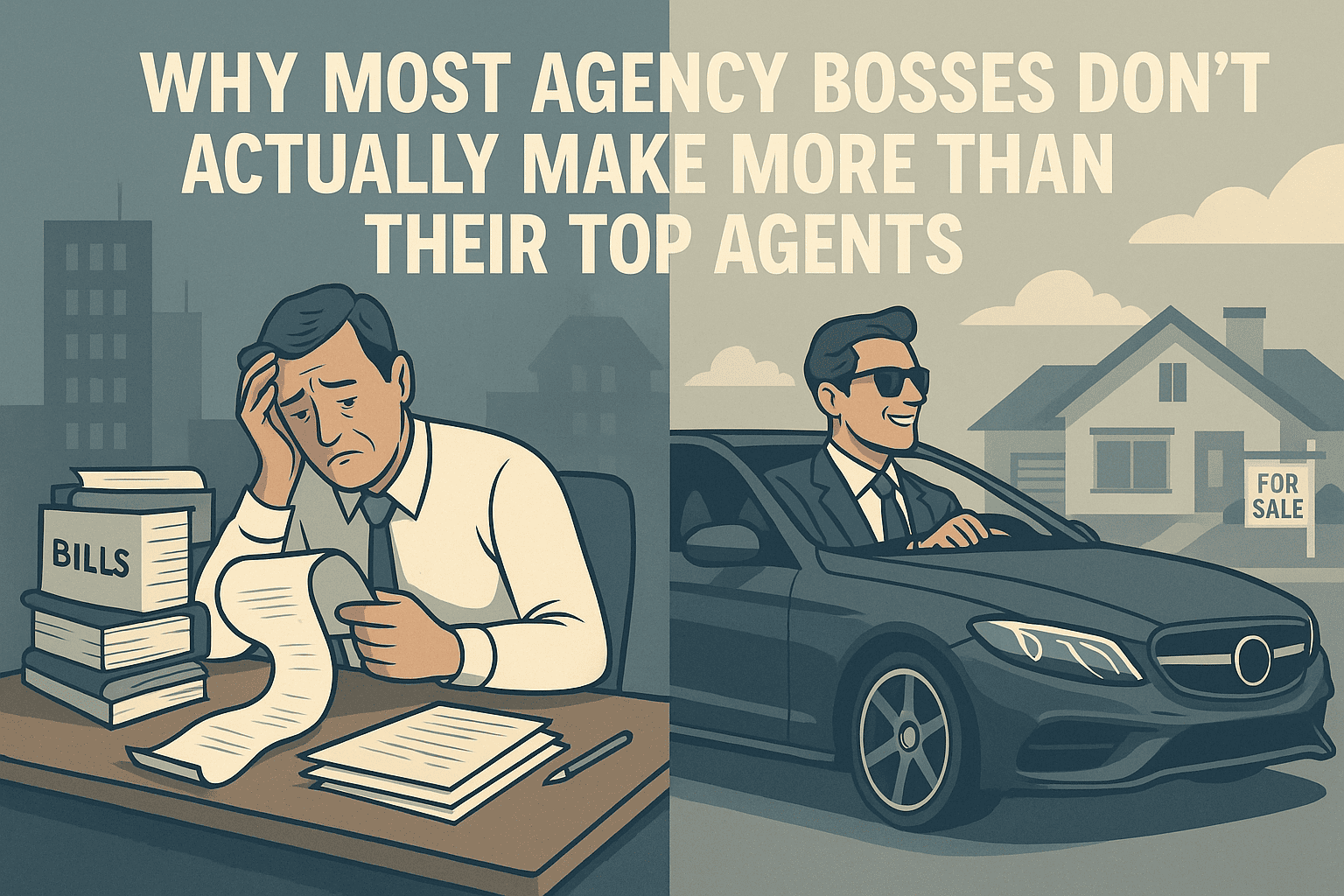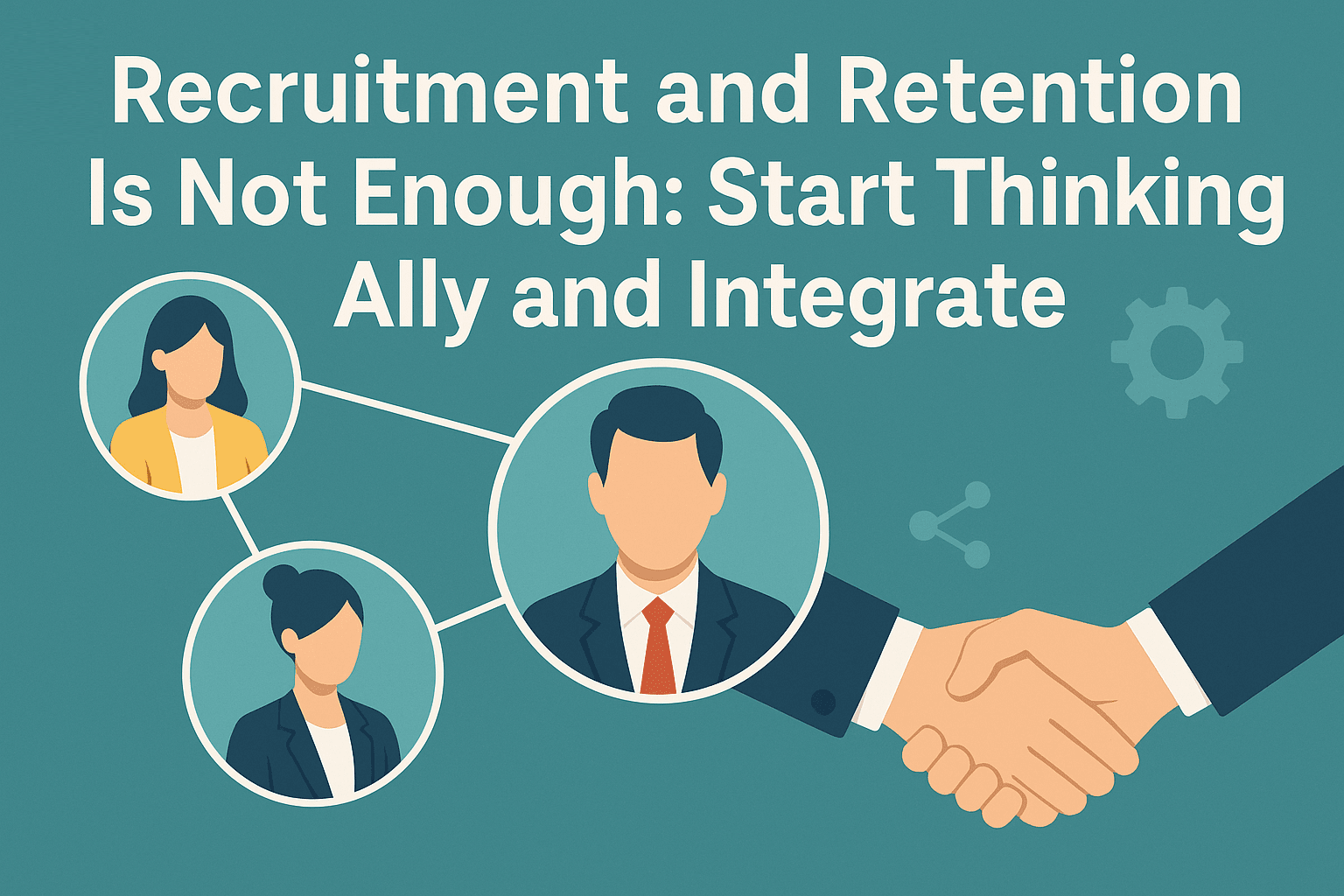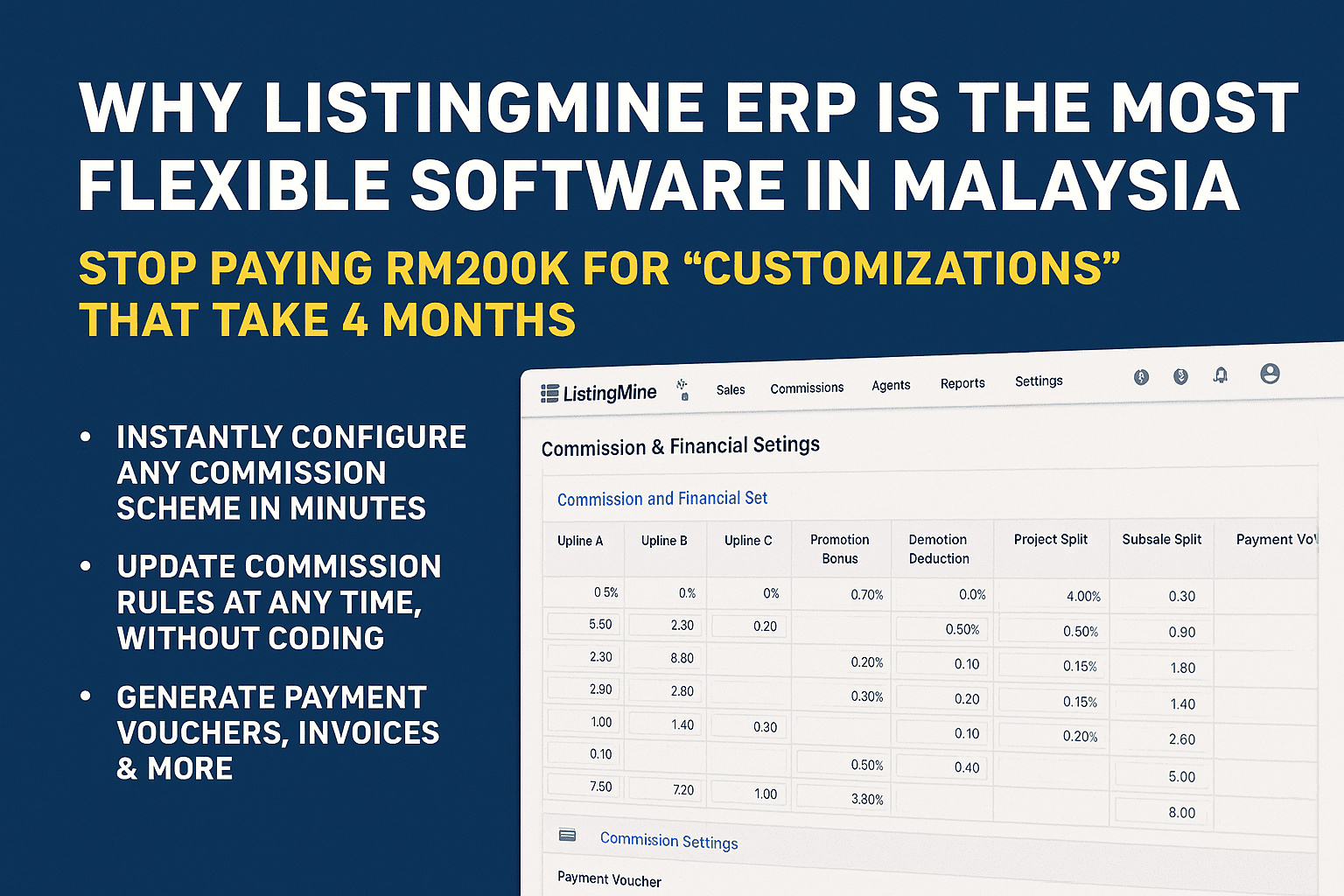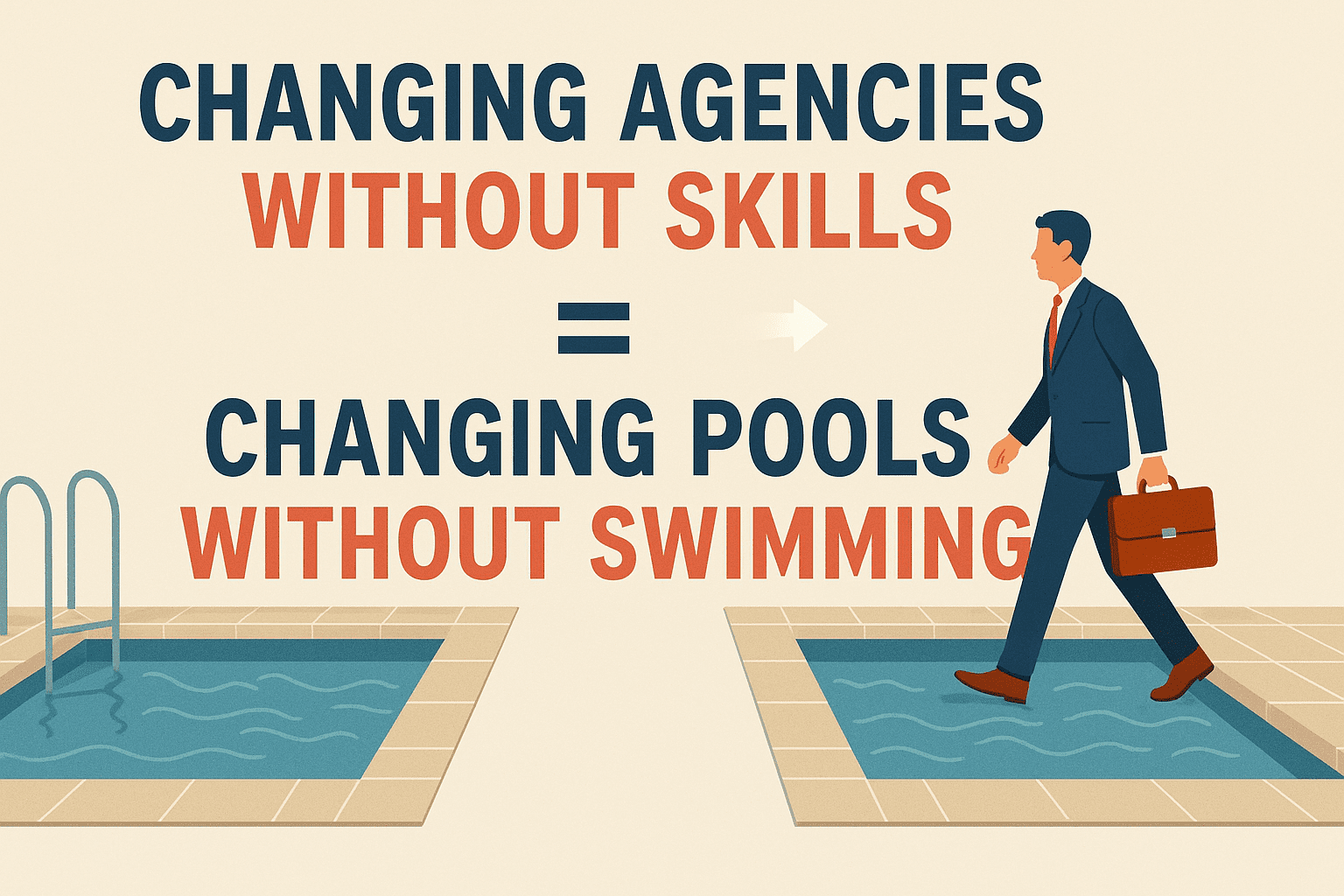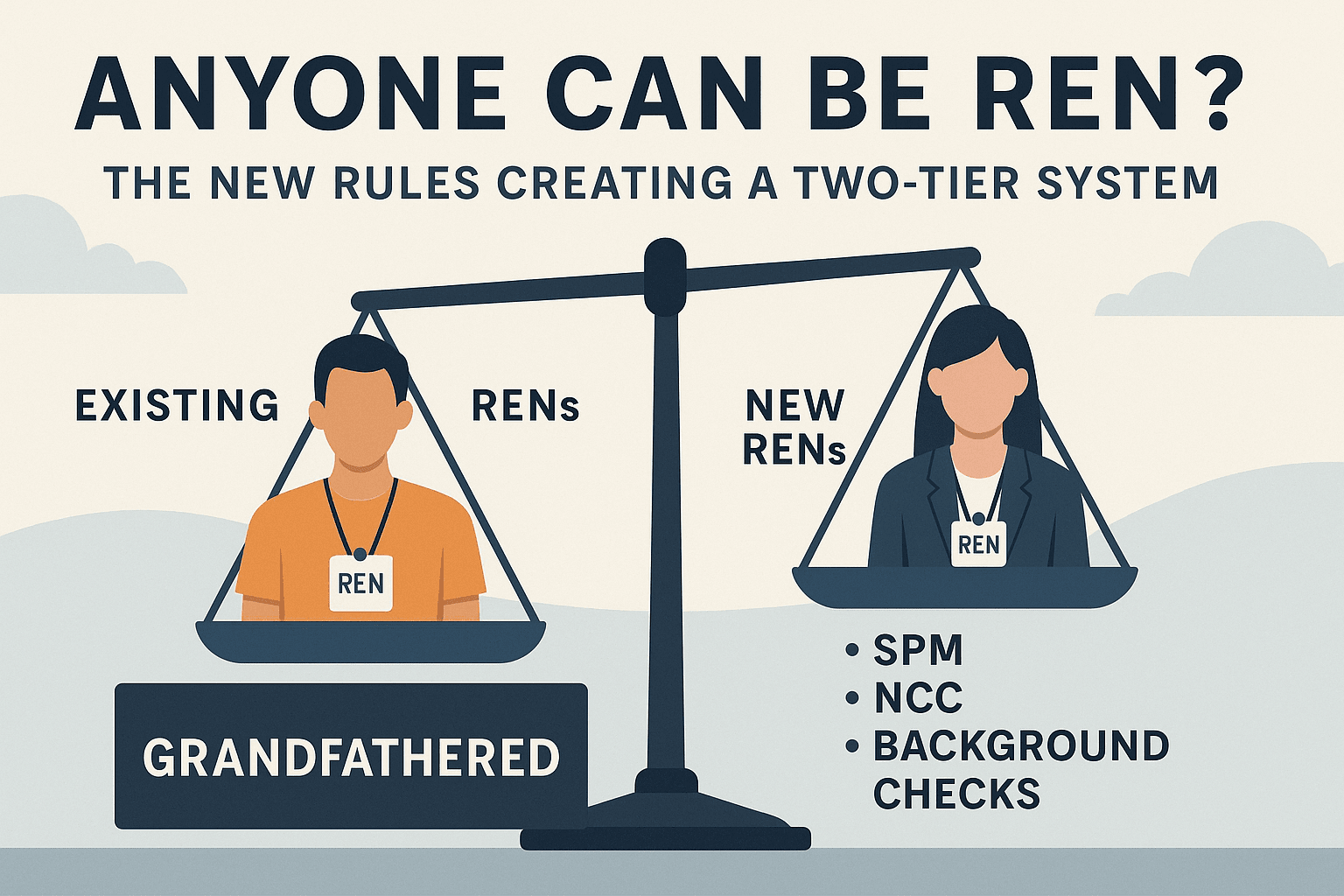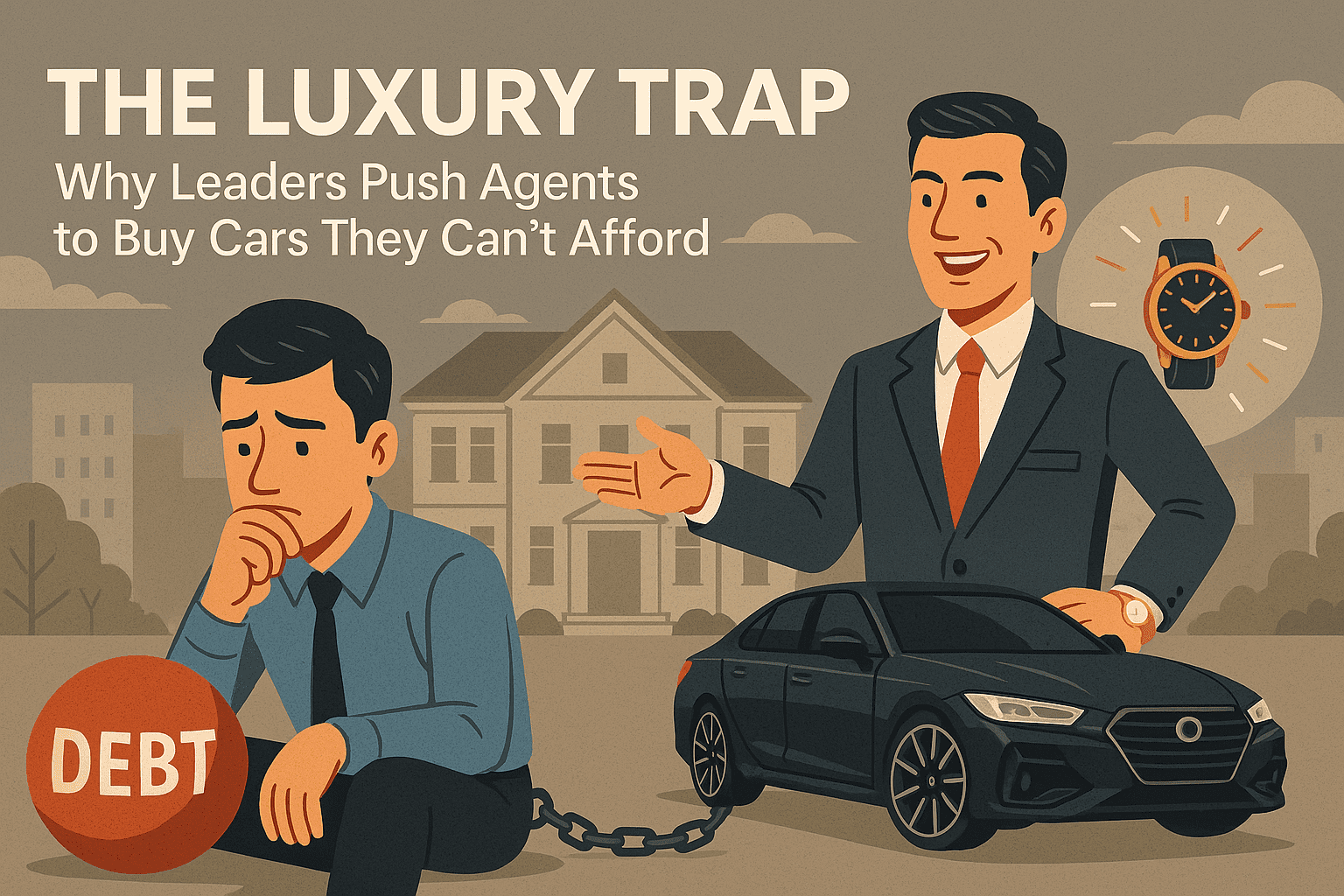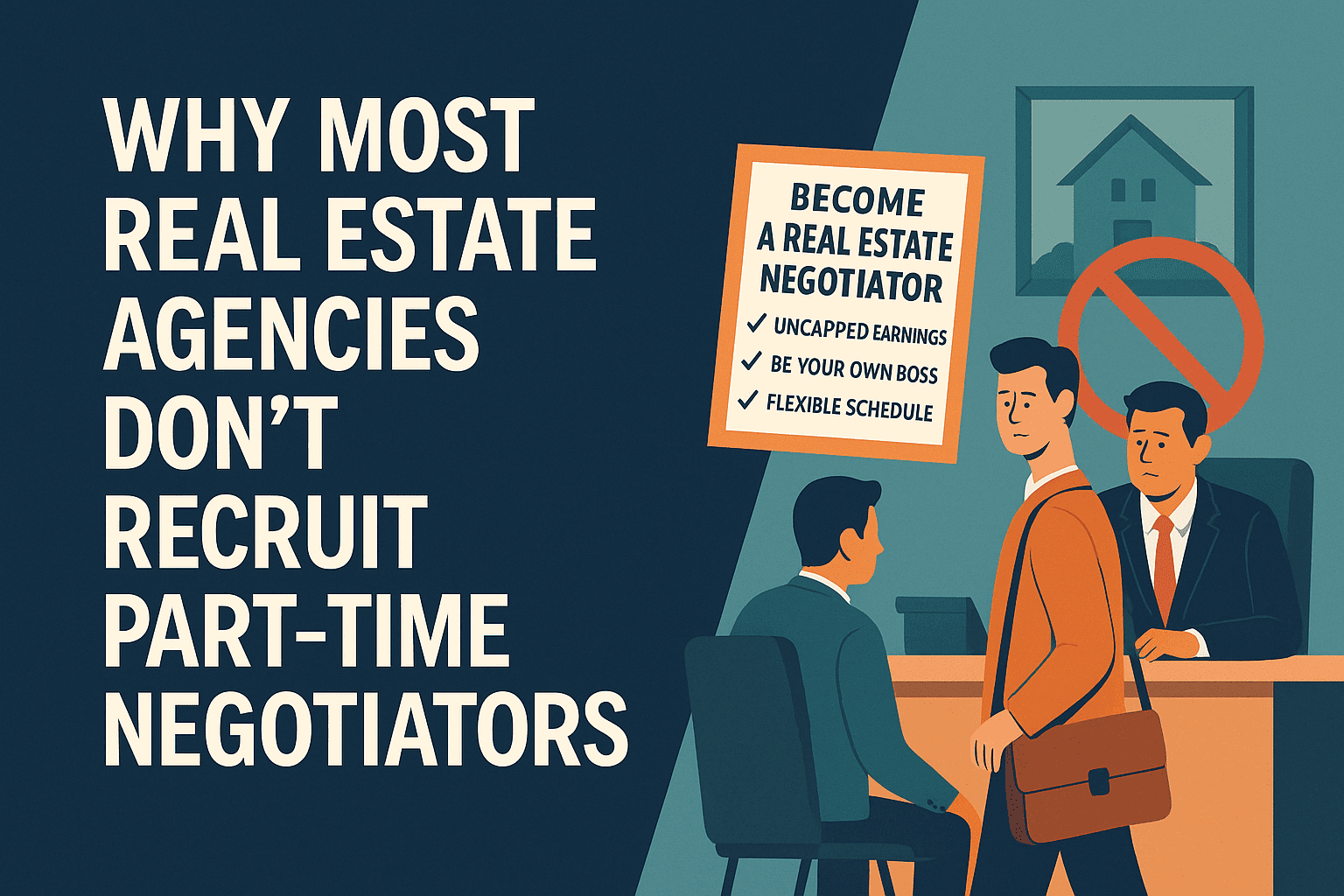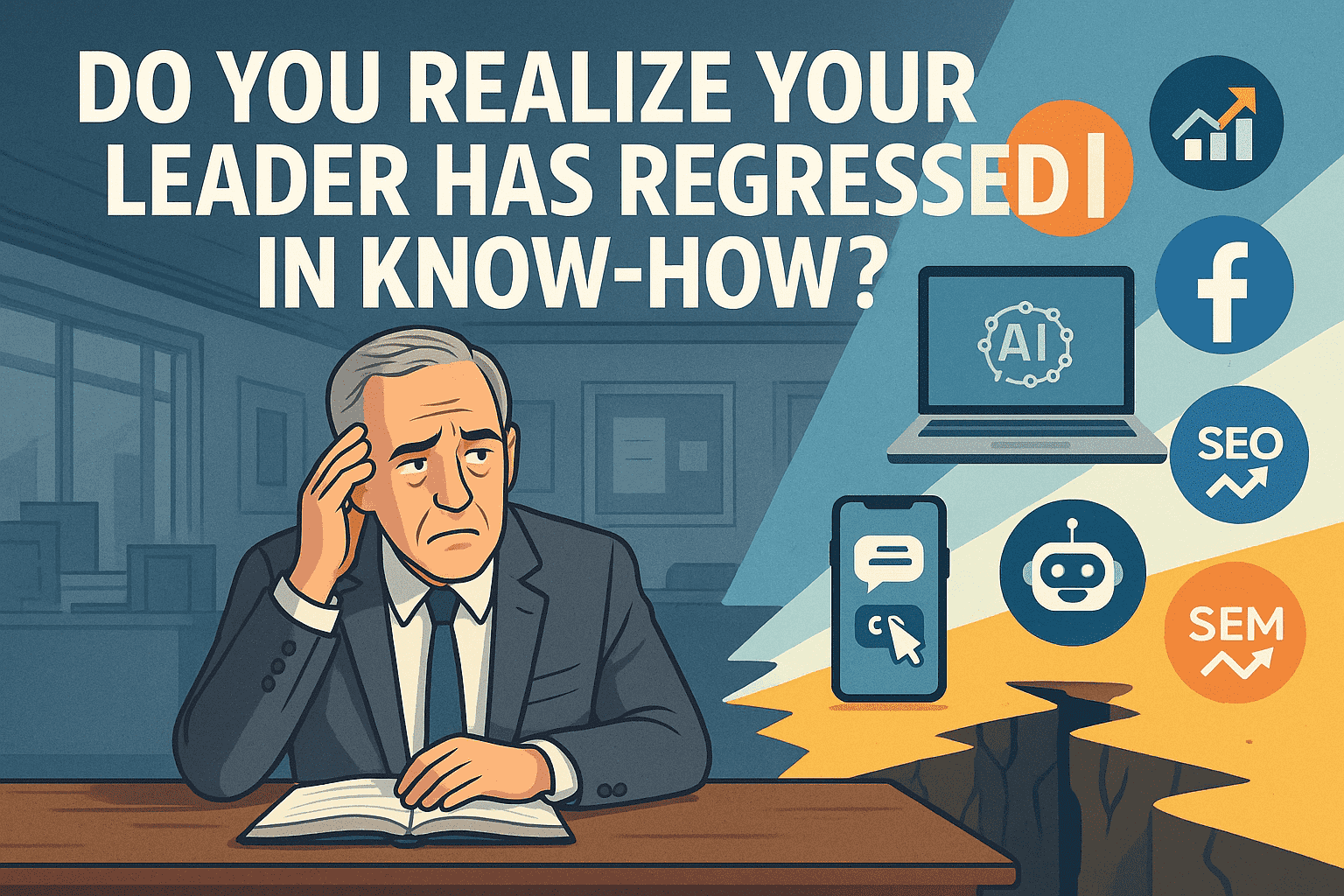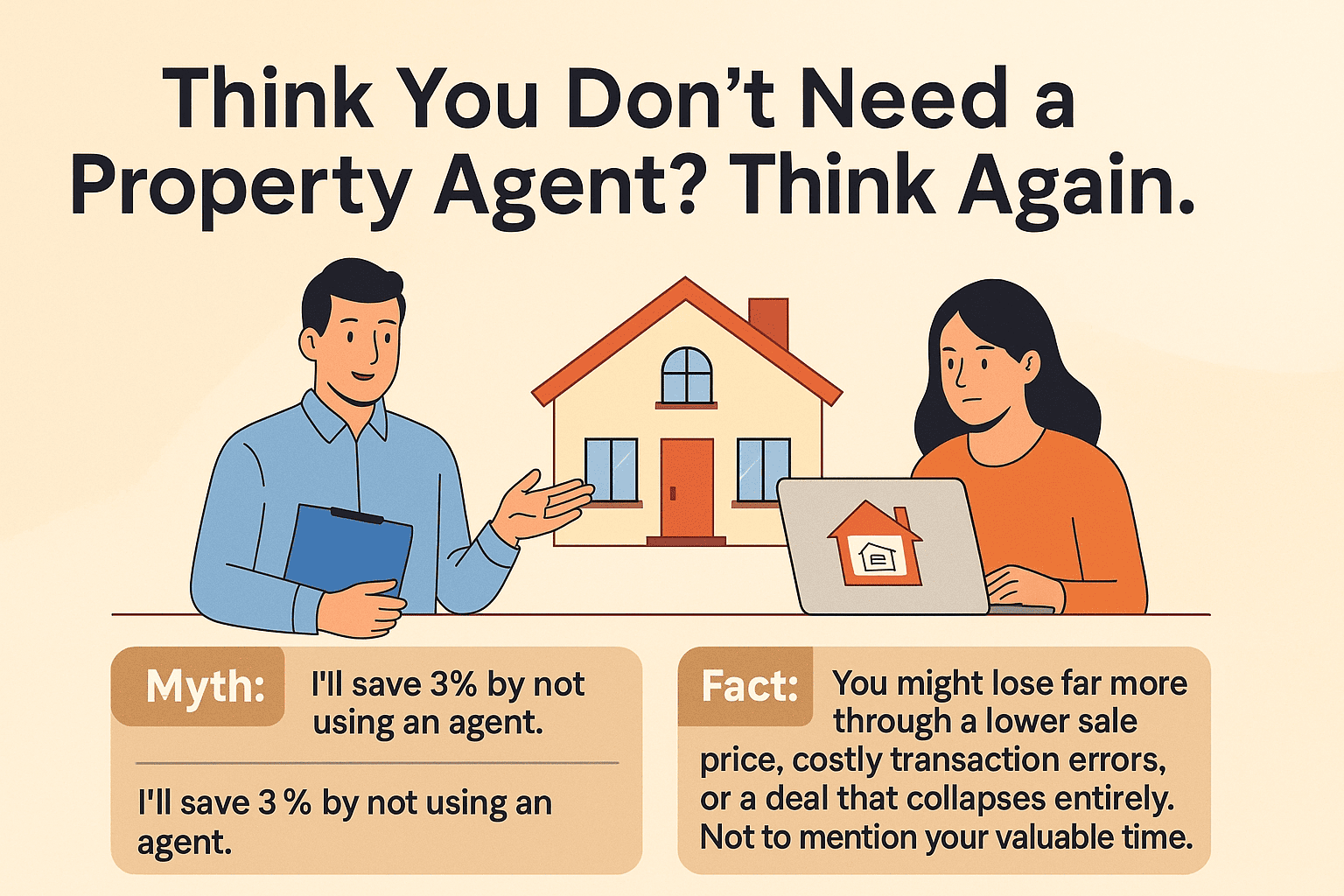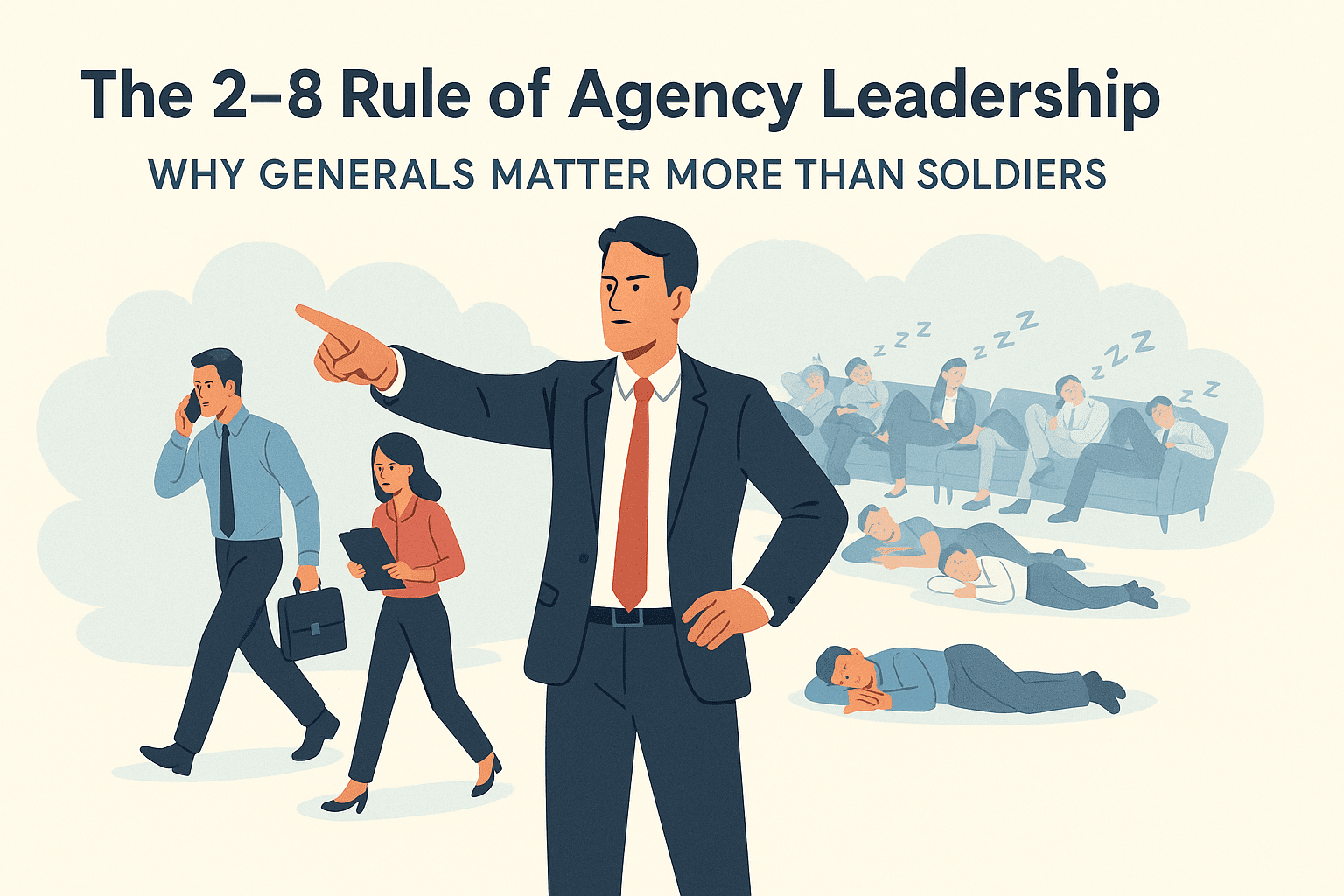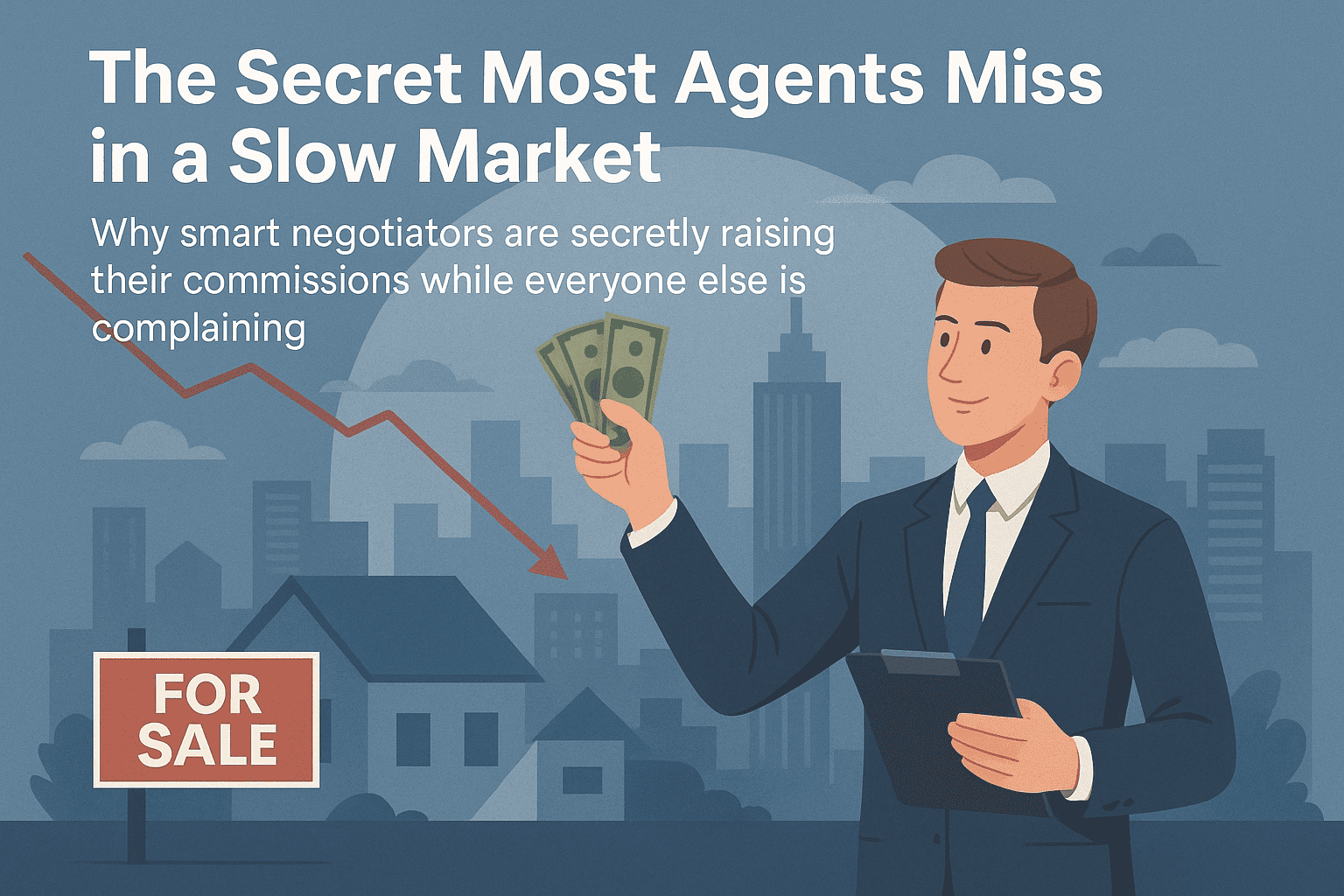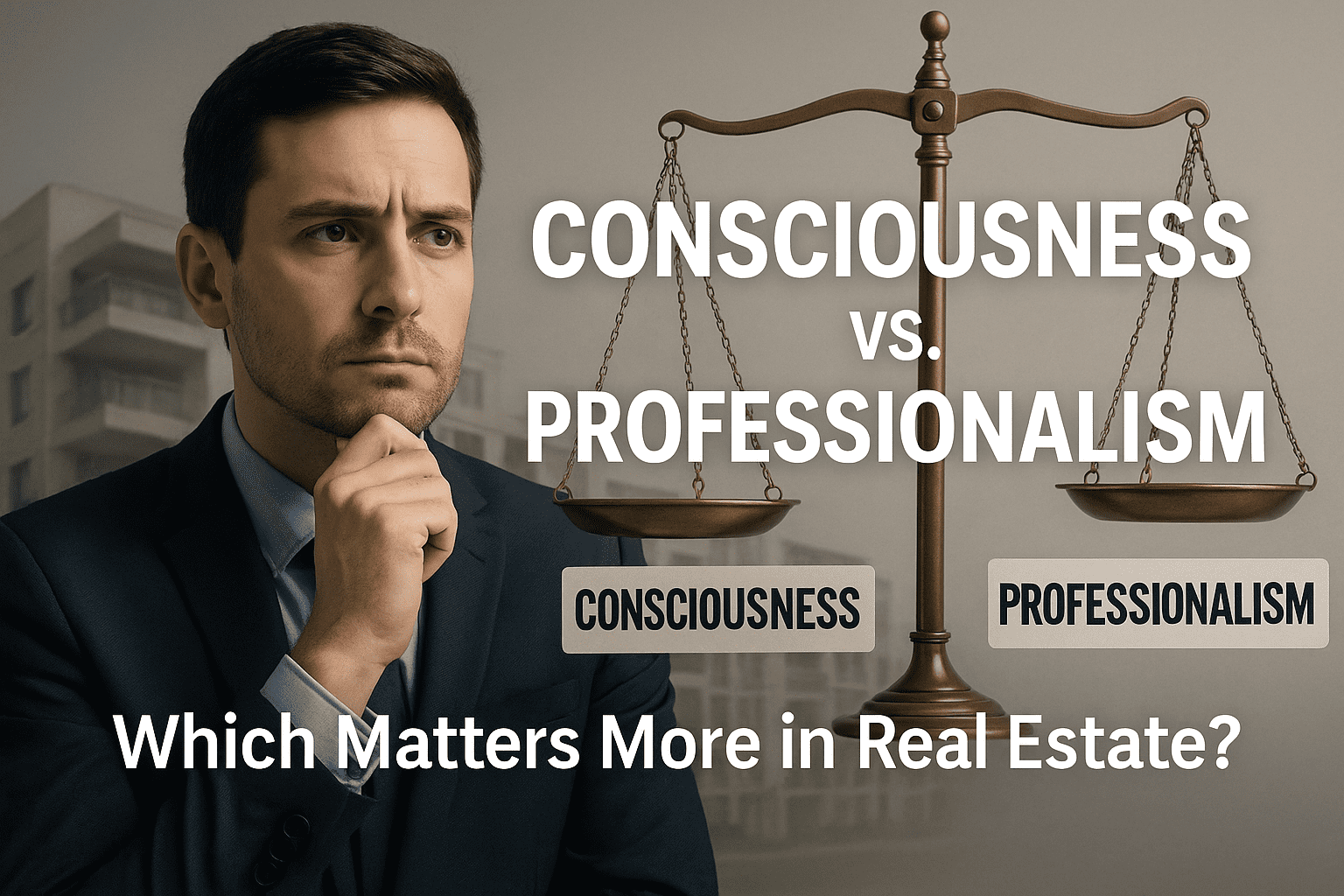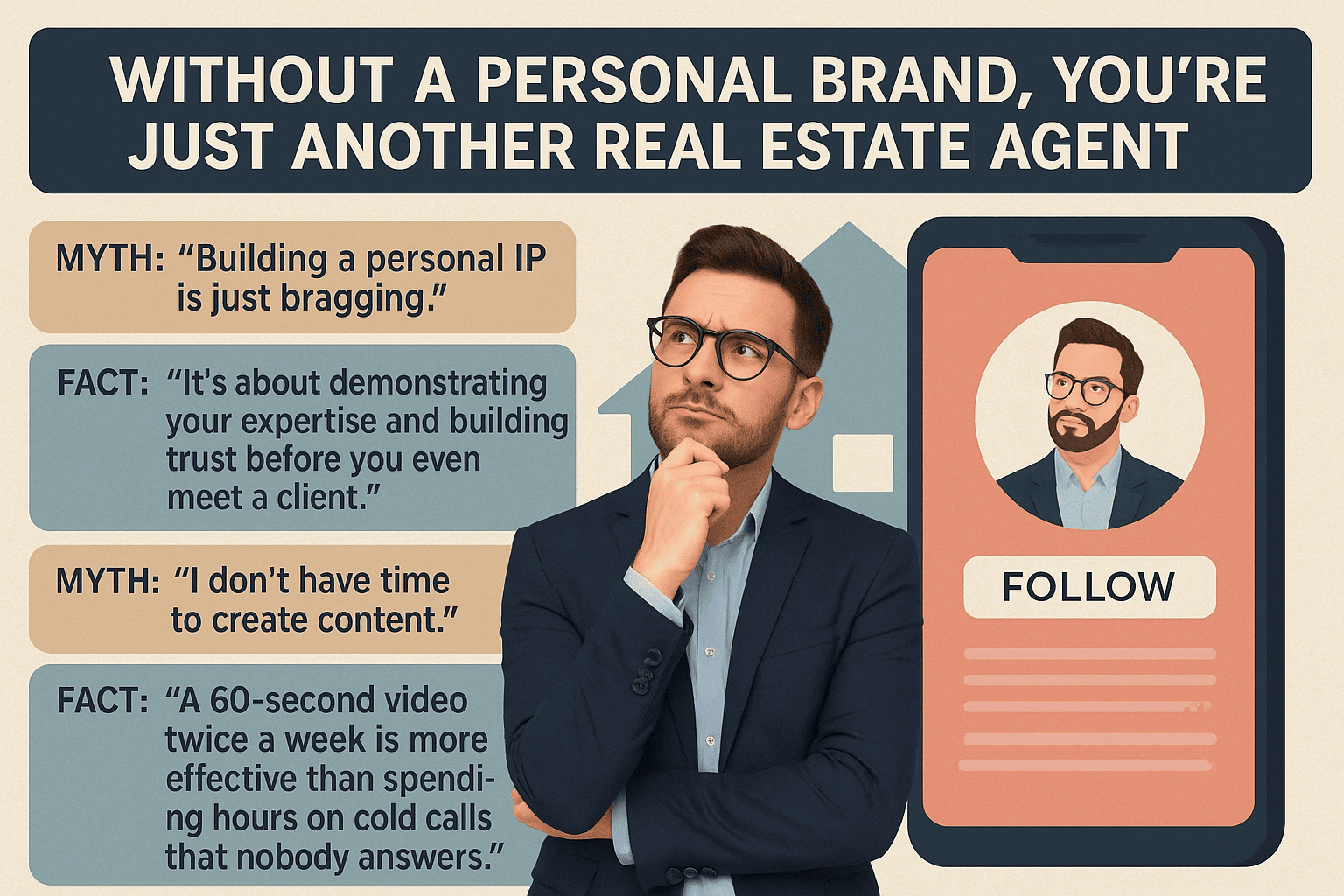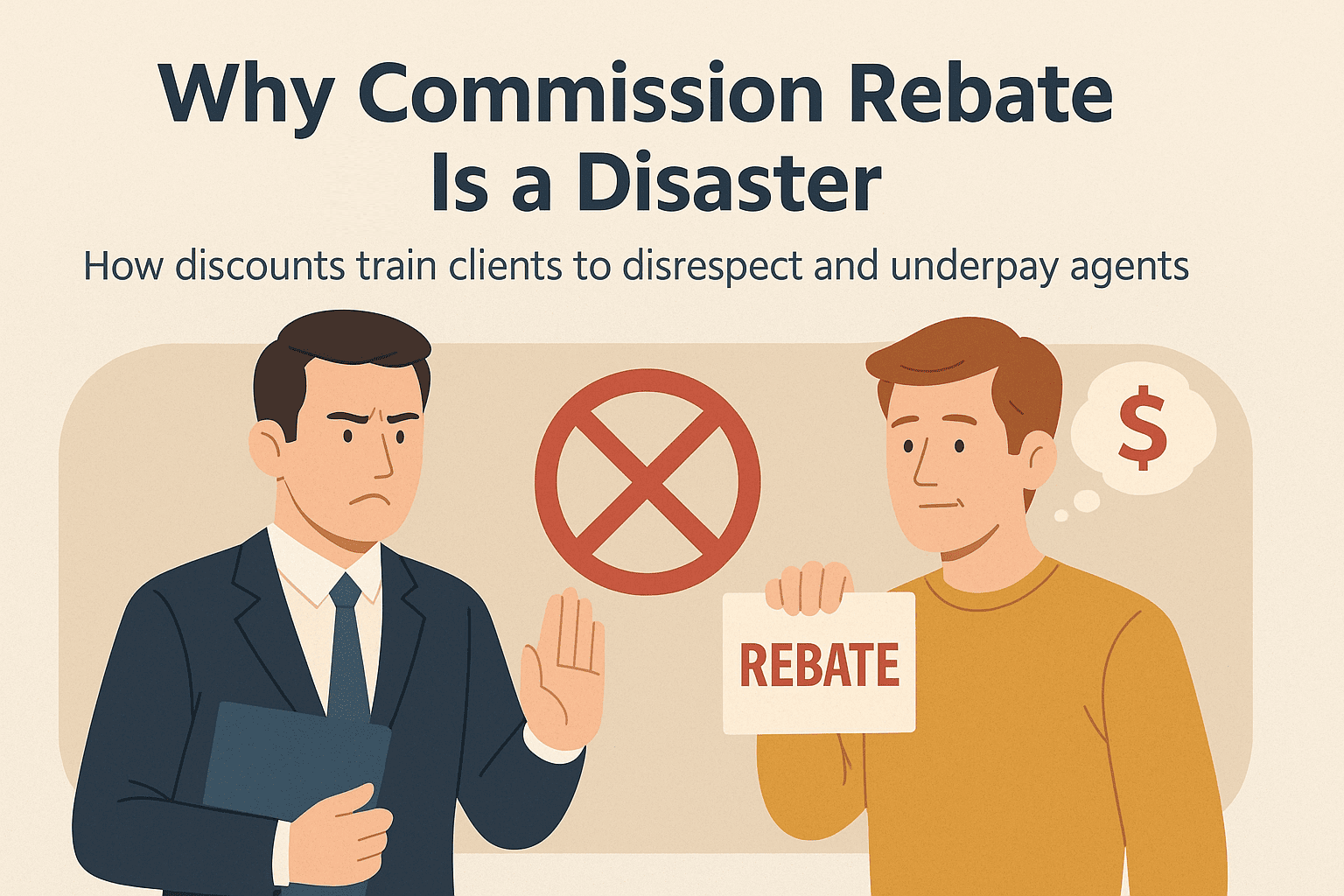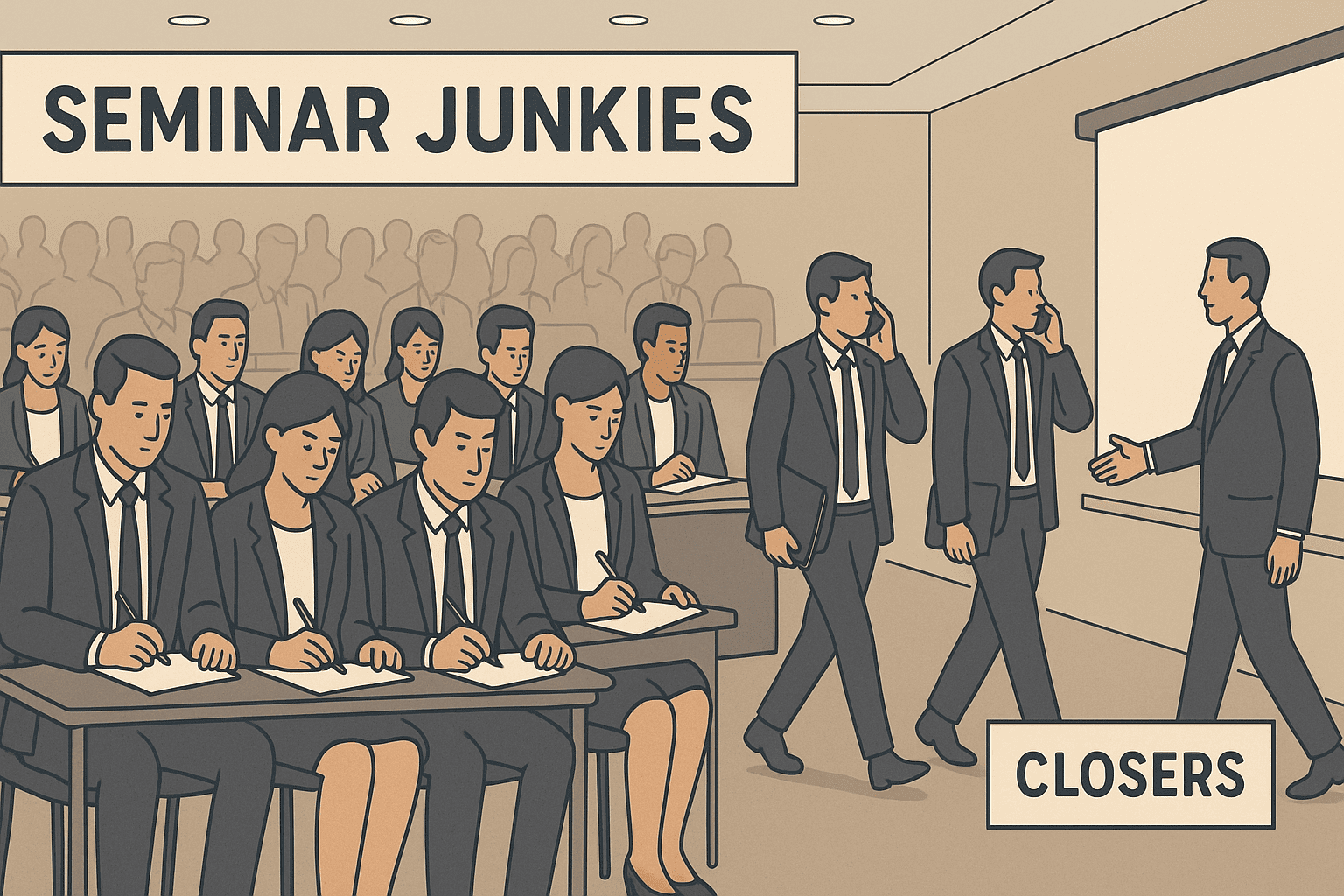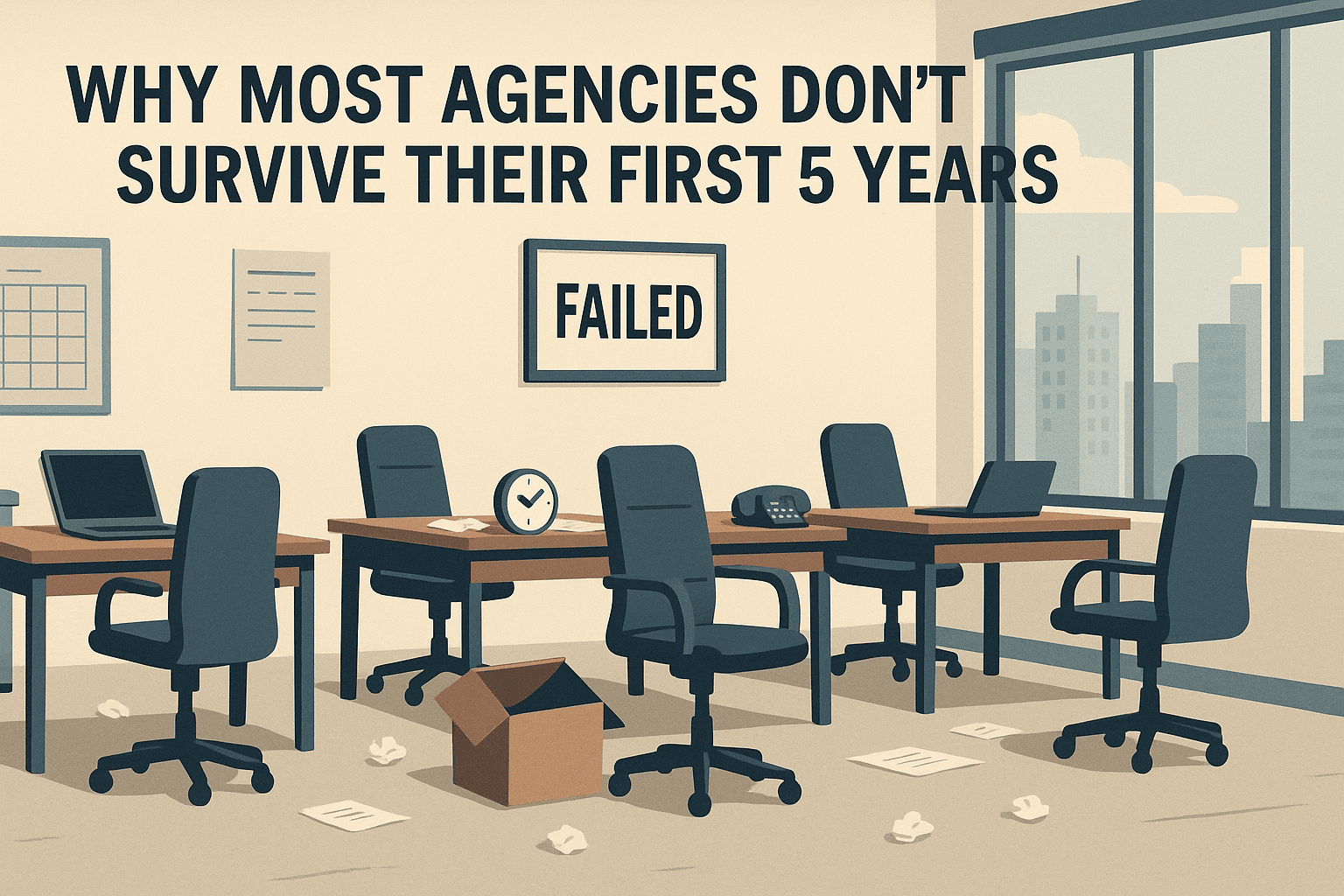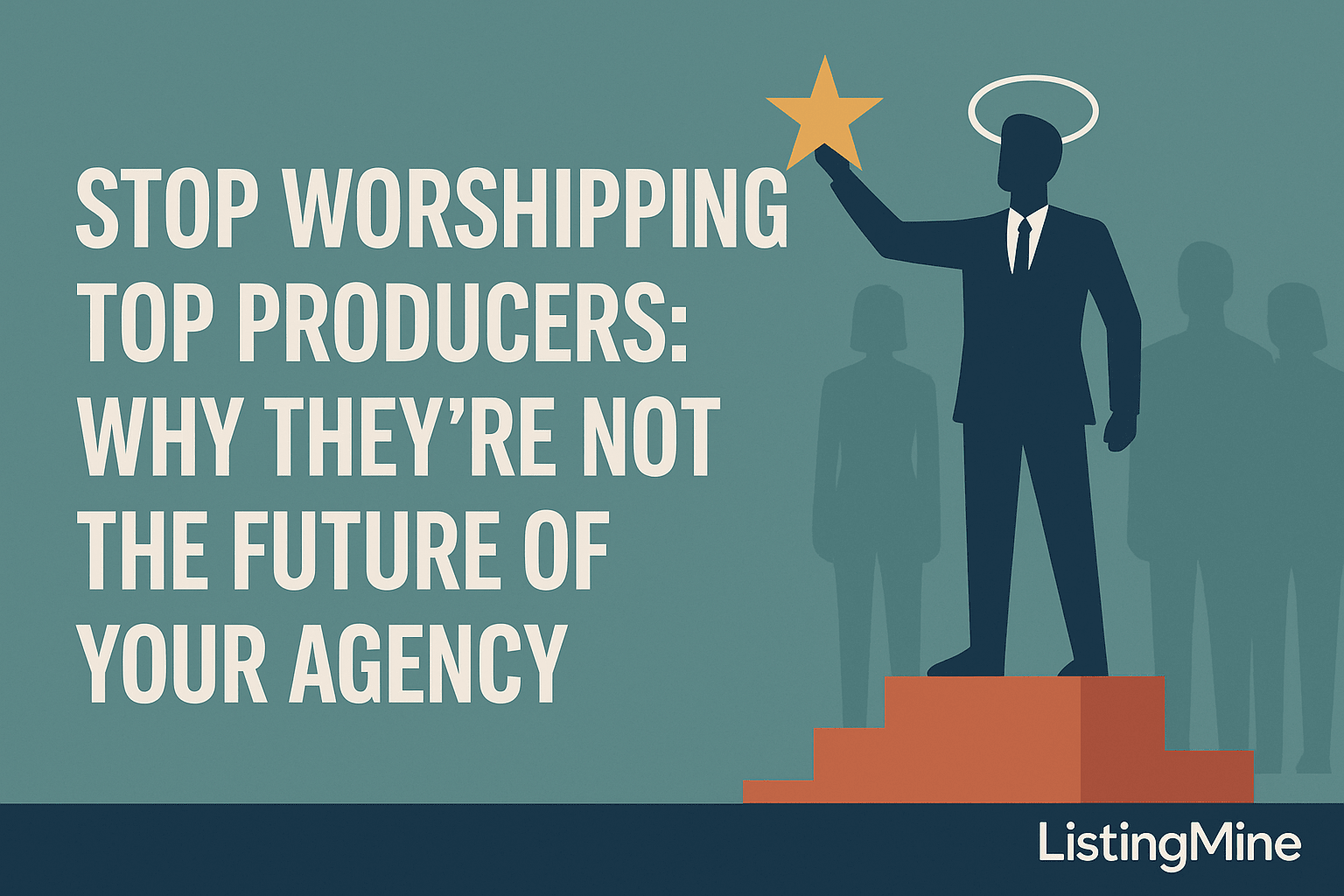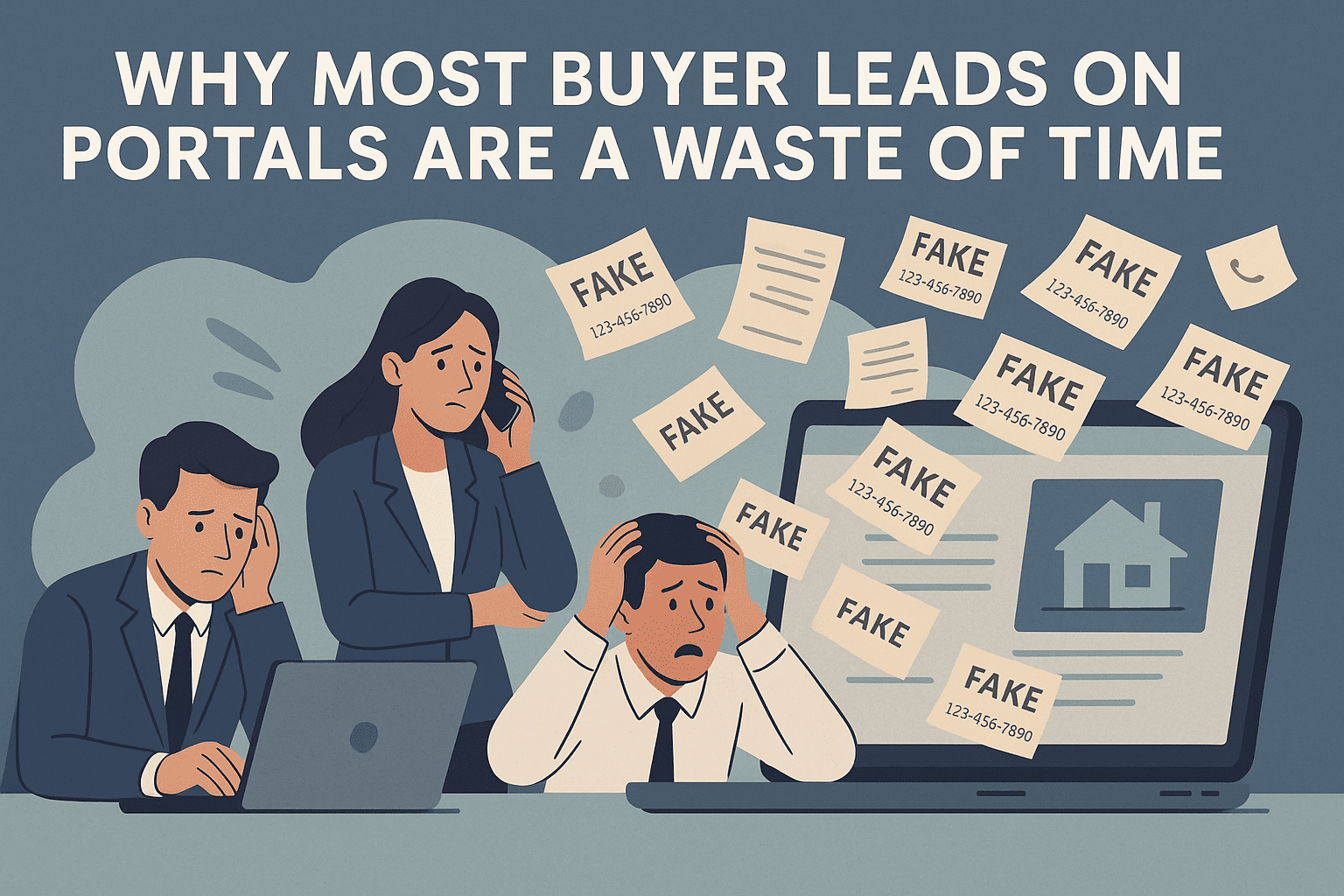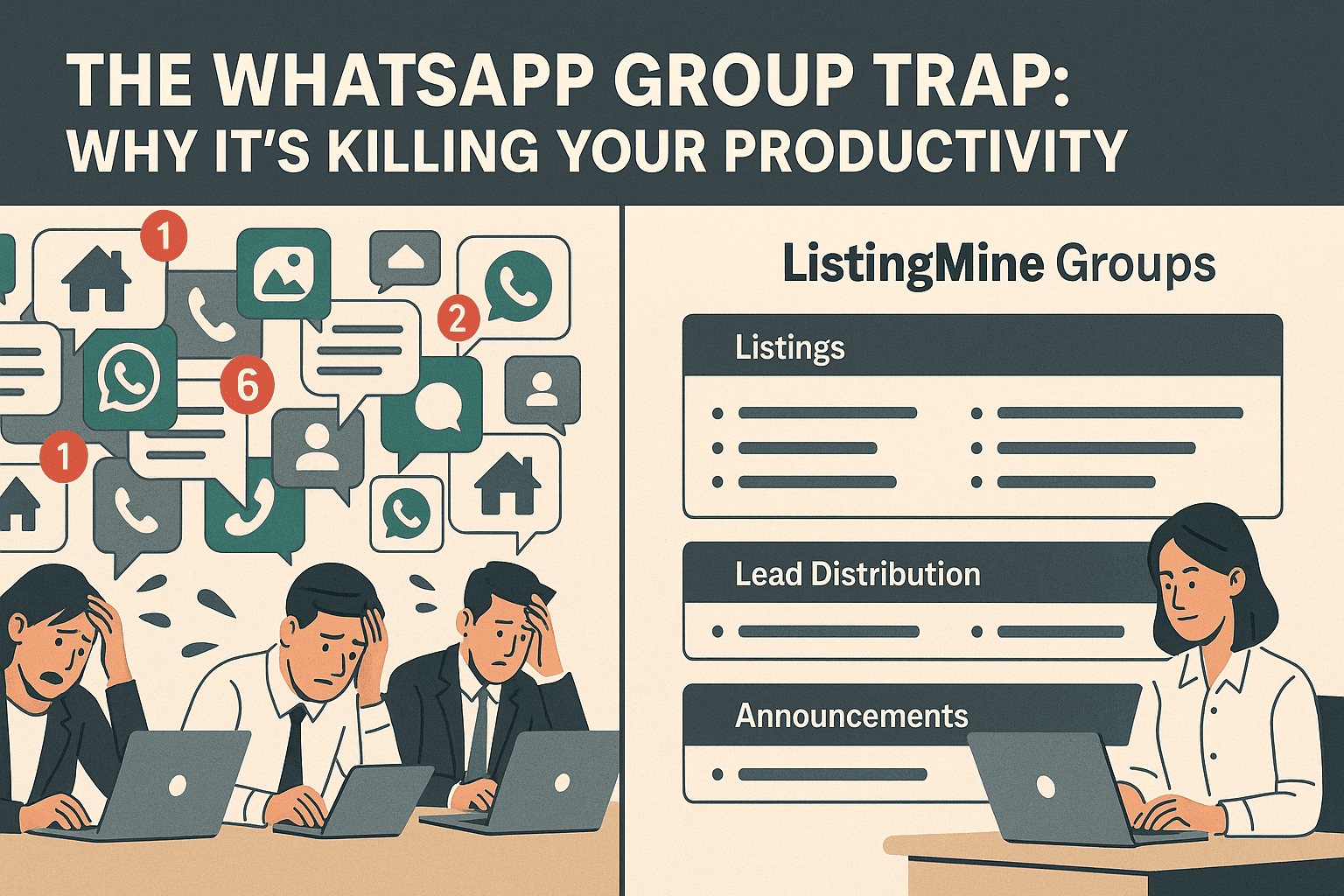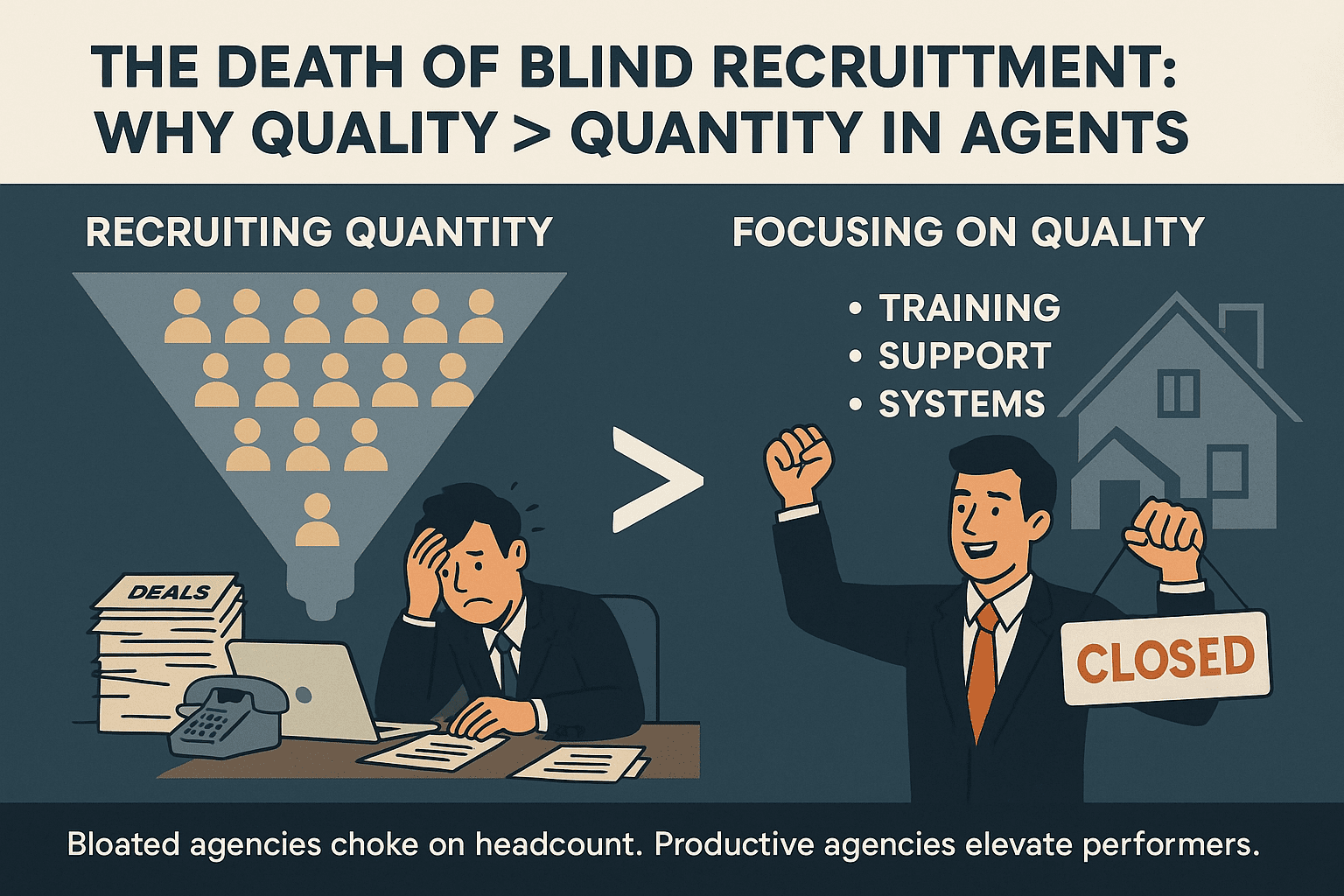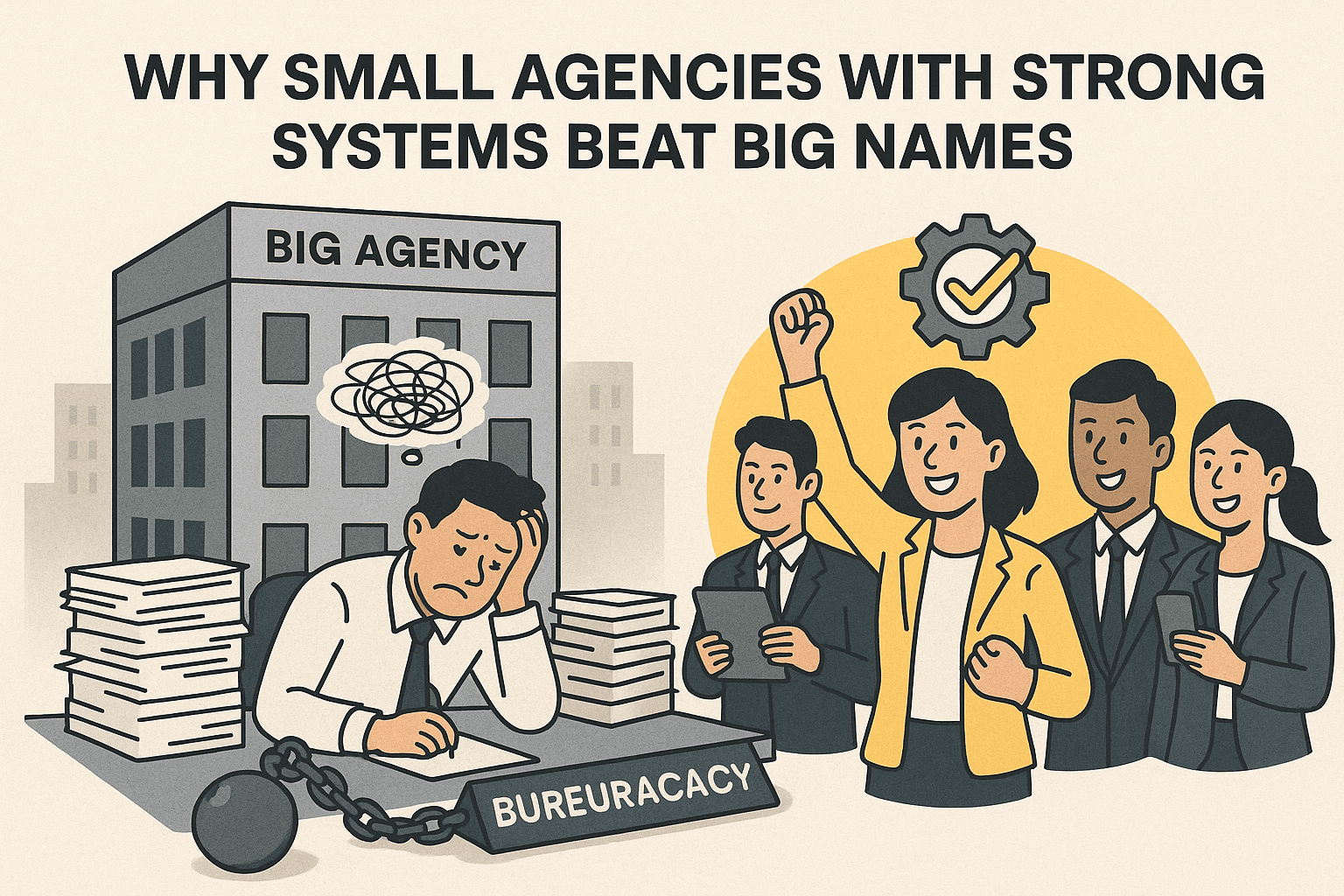The Trust Gap: Why Buyers Don’t Believe Property Ads Anymore (And How to Fix It)
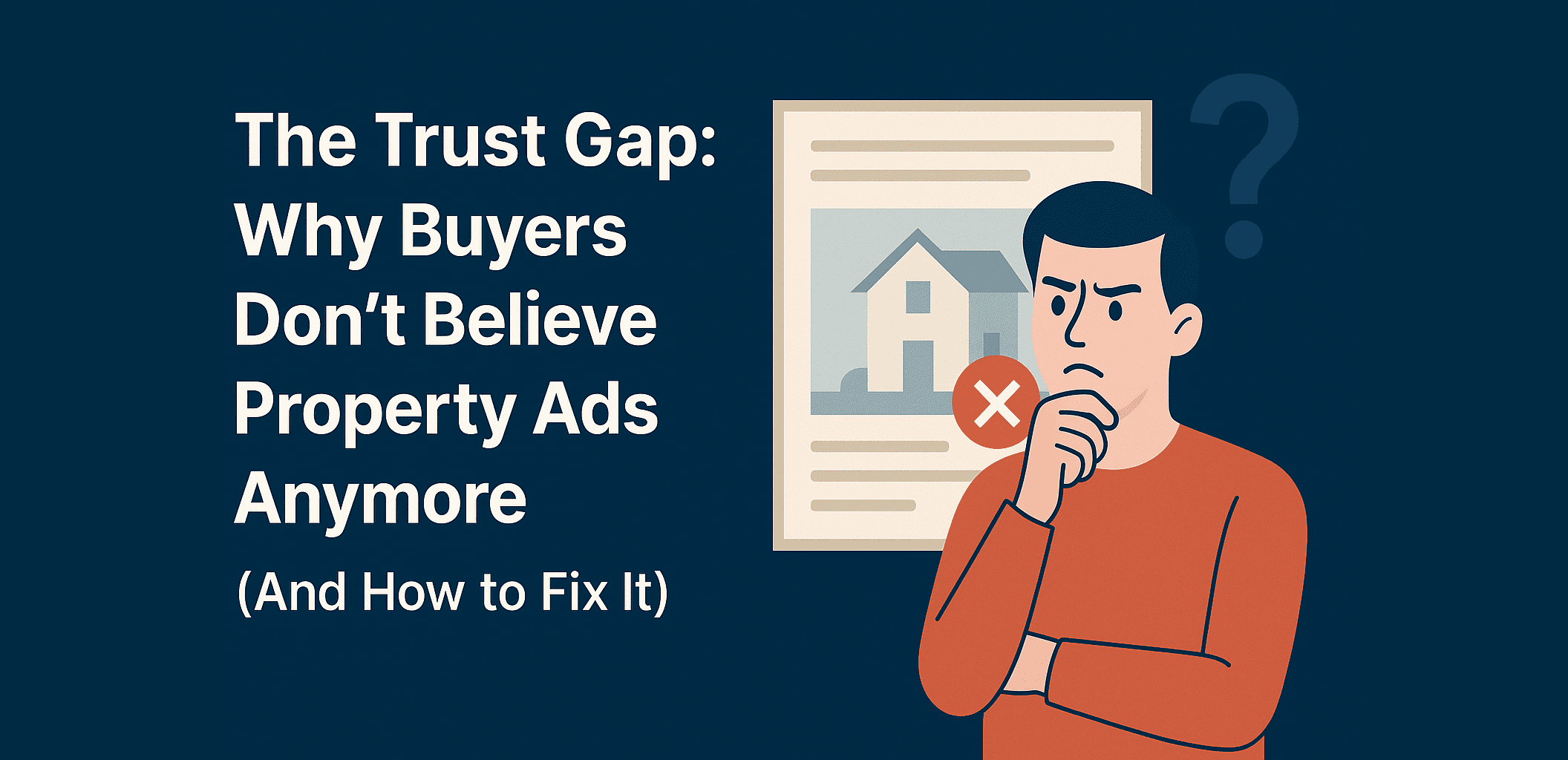
Every buyer has felt it: scrolling through endless property ads that all promise “below market value,” “urgent sale,” or “best deal in town.” After a while, the noise becomes unbearable. Every listing looks the same. Every photo feels staged. Every caption screams urgency.
And when everything claims to be the “best,” nothing feels believable anymore.
Welcome to the age of ad fatigue — where overexposure breeds skepticism, and where property advertising, once the golden ticket to buyer leads, has become background noise.
1. The Age of Overexposure
There was a time when posting one ad could bring five calls in a day. Now, buyers see the same property duplicated across ten platforms by five different agents — all with slightly different prices, photos, or descriptions.
It’s not that buyers have stopped looking. It’s that they’ve stopped believing.
Let’s break down what’s happening:
- Duplicate Listings: The same property posted by multiple agents with inconsistent info. Buyers start to wonder: “Who actually has the key?”
- Photoshop & Staging Overkill: Perfect lighting, sky replacements, and digital furniture make properties look better than reality. One viewing later, the trust is gone.
- Fake “Below Market Value” Claims: Every ad claims to be BMV — until buyers check and realize it’s just marketing fluff.
- Price Mismatch: Listing at RM500k online, but quoted RM520k in person. One small gap — one big loss in trust.
- Missing Details: No land size, no tenure, no maintenance fee — because the focus is on catching eyeballs, not informing decisions.
Buyers today are not naïve. They’ve seen hundreds of ads, been burned by inconsistencies, and learned to doubt first, ask later.
2. Skepticism Is the New Default
Psychologically, the more noise a person sees, the more selective their attention becomes. This is called banner blindness — the brain starts filtering out what looks repetitive, exaggerated, or salesy.
In property ads, this translates into:
- Scrolling Without Reading: Buyers skim thumbnails, not titles.
- Assuming the Worst: “Too good to be true” is now a reflex.
- Postponing Action: Even genuine deals are ignored because trust has been eroded by the crowd.
In short:
The more ads they see, the less they believe.
So the problem isn’t visibility anymore — it’s credibility.
3. Credibility Is the New Currency
In today’s market, attention isn’t earned through volume. It’s earned through verification.
Buyers crave proof — not promises. They want to know:
- Is this property real?
- Is the agent authorized to market it?
- Are the details accurate?
- Has someone checked and verified this data?
That’s where verified listings come in — the new trust anchor in an overexposed market.
For agents, this means adopting tools and platforms that facilitate this verification process — moving from a “post-first” to a “verify-first” workflow.
4. What Makes a Listing “Verified”
A verified listing isn’t just an uploaded ad — it’s a documented claim. For agents, this means adopting a ‘verify-first’ workflow, using platforms designed to embed proof directly into the listing.
Here’s what separates a verified listing from a traditional one:
| Element | Traditional Ad | Verified Listing |
|---|---|---|
| Ownership Proof | None shown | Backed by title copy or SPA (Sale & Purchase Agreement) |
| Authority to Sell | Assumed | Appointment Letter (Form 278 / Agency Authorization) |
| Photos | Random / Staged / Over-Edited | Authentic, True-to-Life, Geotagged, Timestamped |
| Price Accuracy | Marketing figure | Verified by owner or valuation |
| Agent Identity | Unclear / multiple | Single authorized negotiator |
| Update Trail | None | Activity log (when verified, updated, or maintained) |
Each layer of verification rebuilds buyer confidence. When buyers see the word “Verified,” they don’t have to cross-check ten sources — they can act faster and with less doubt.

